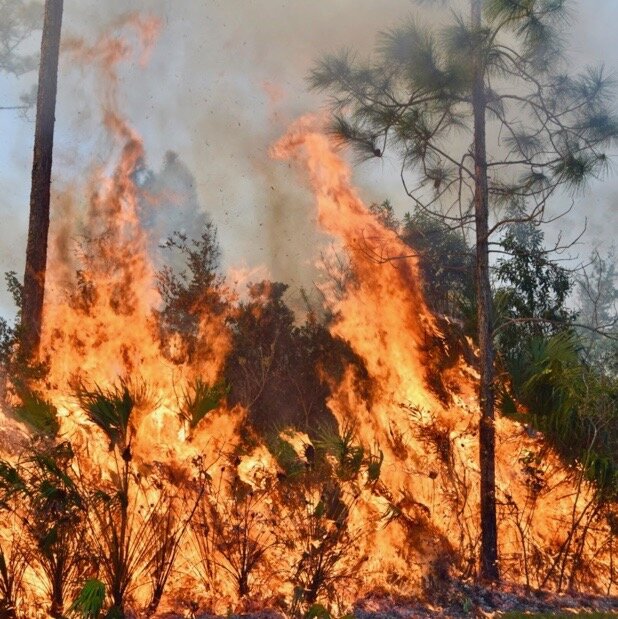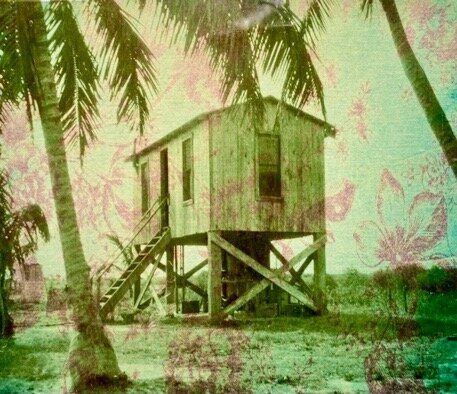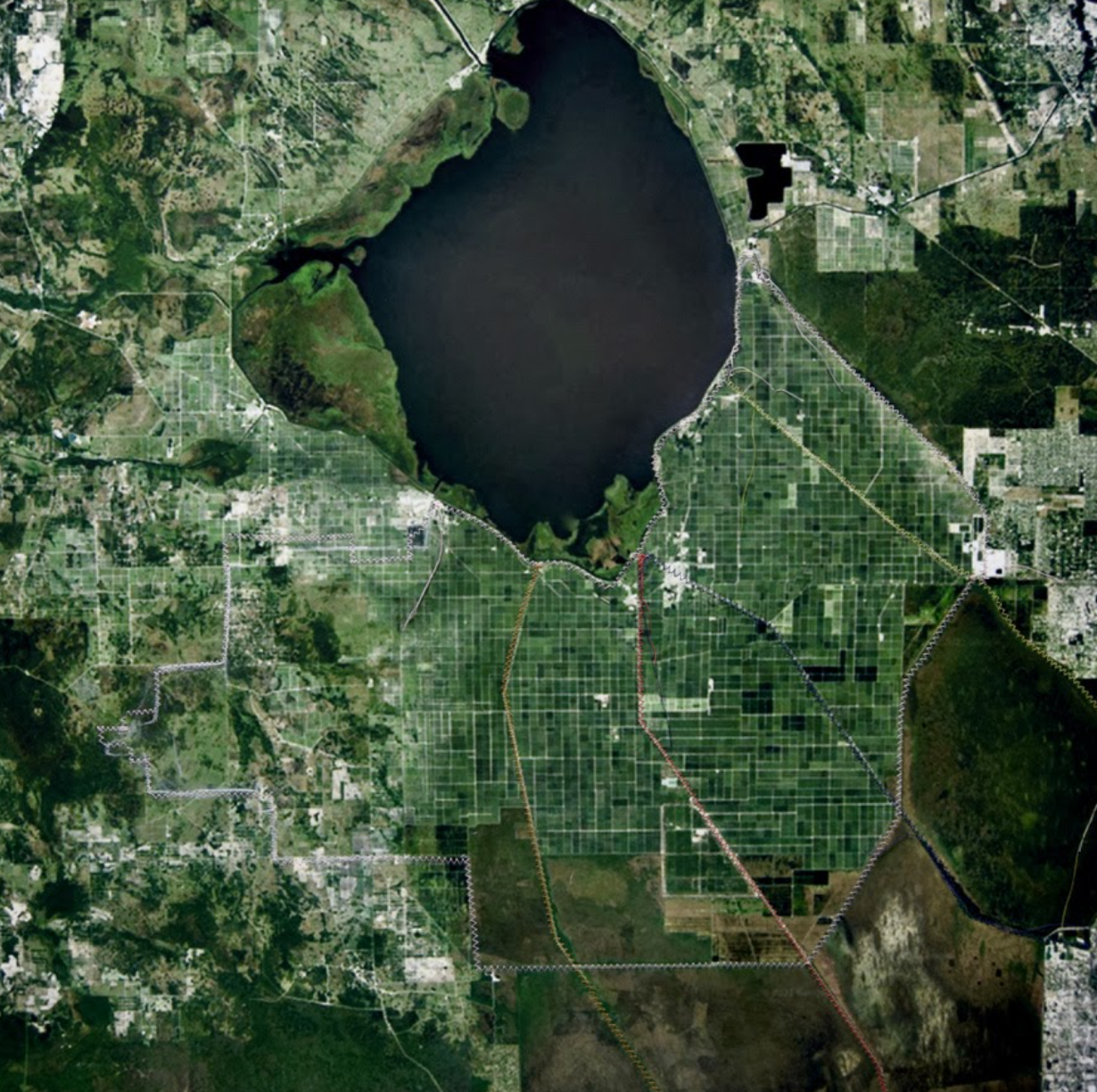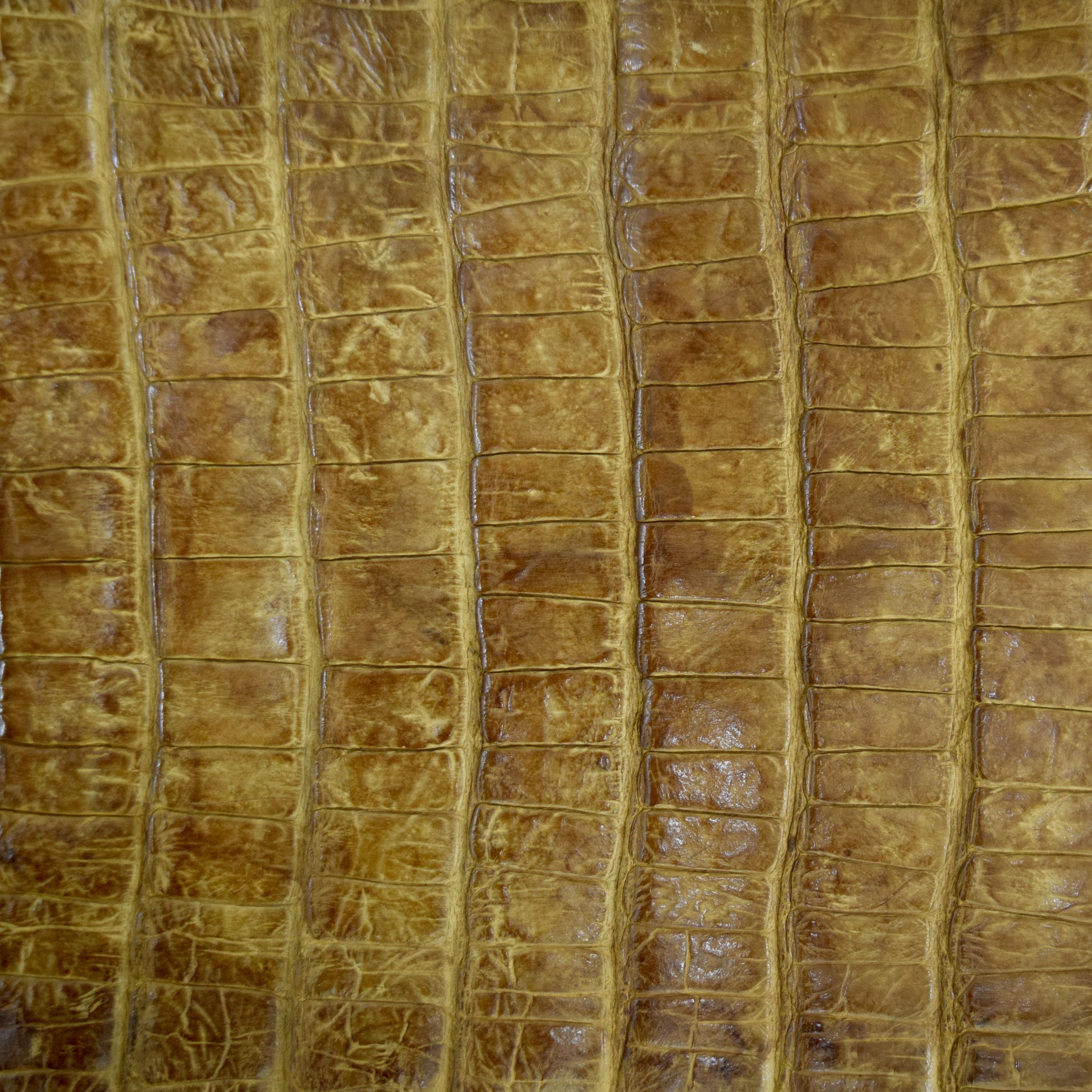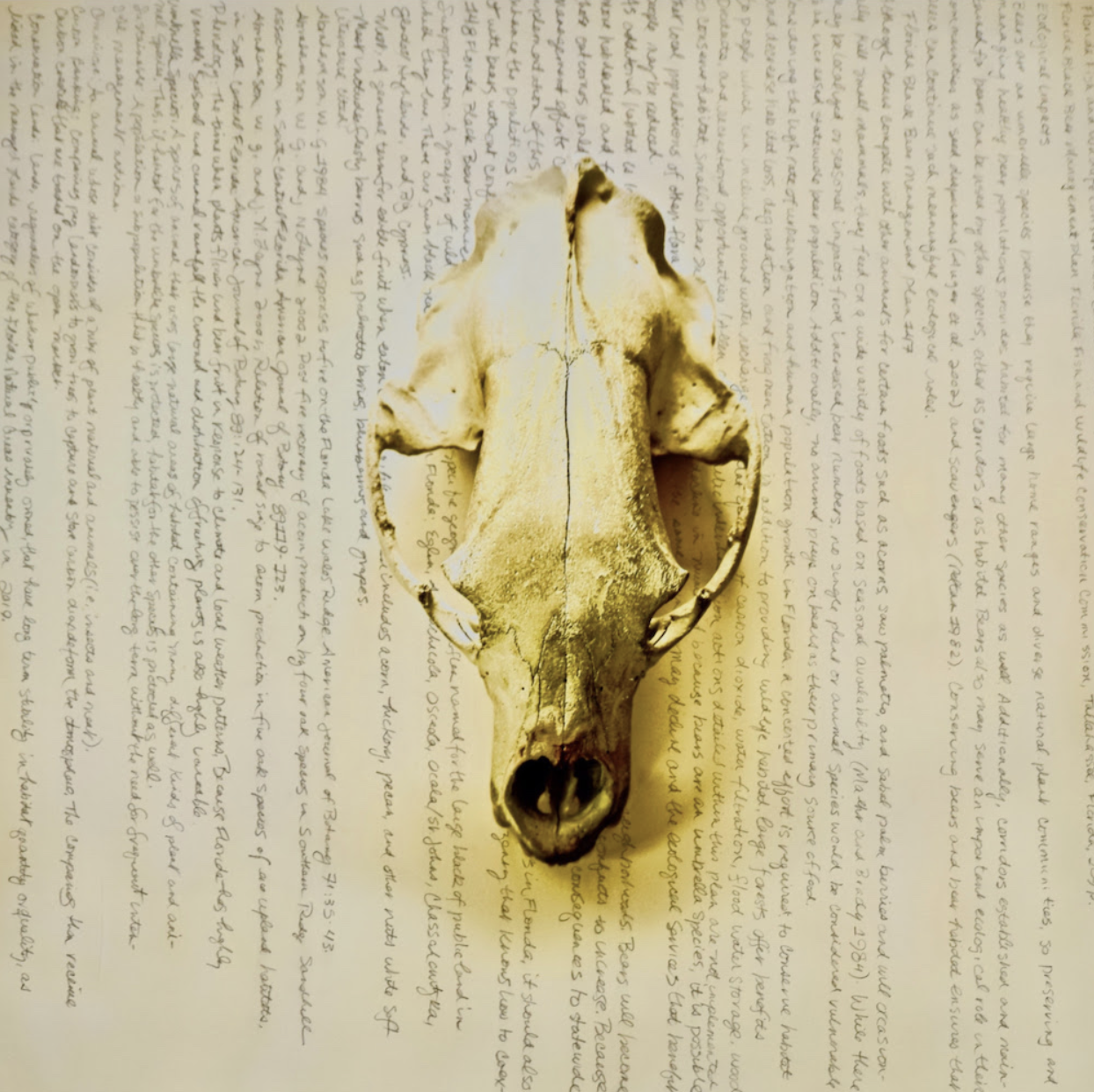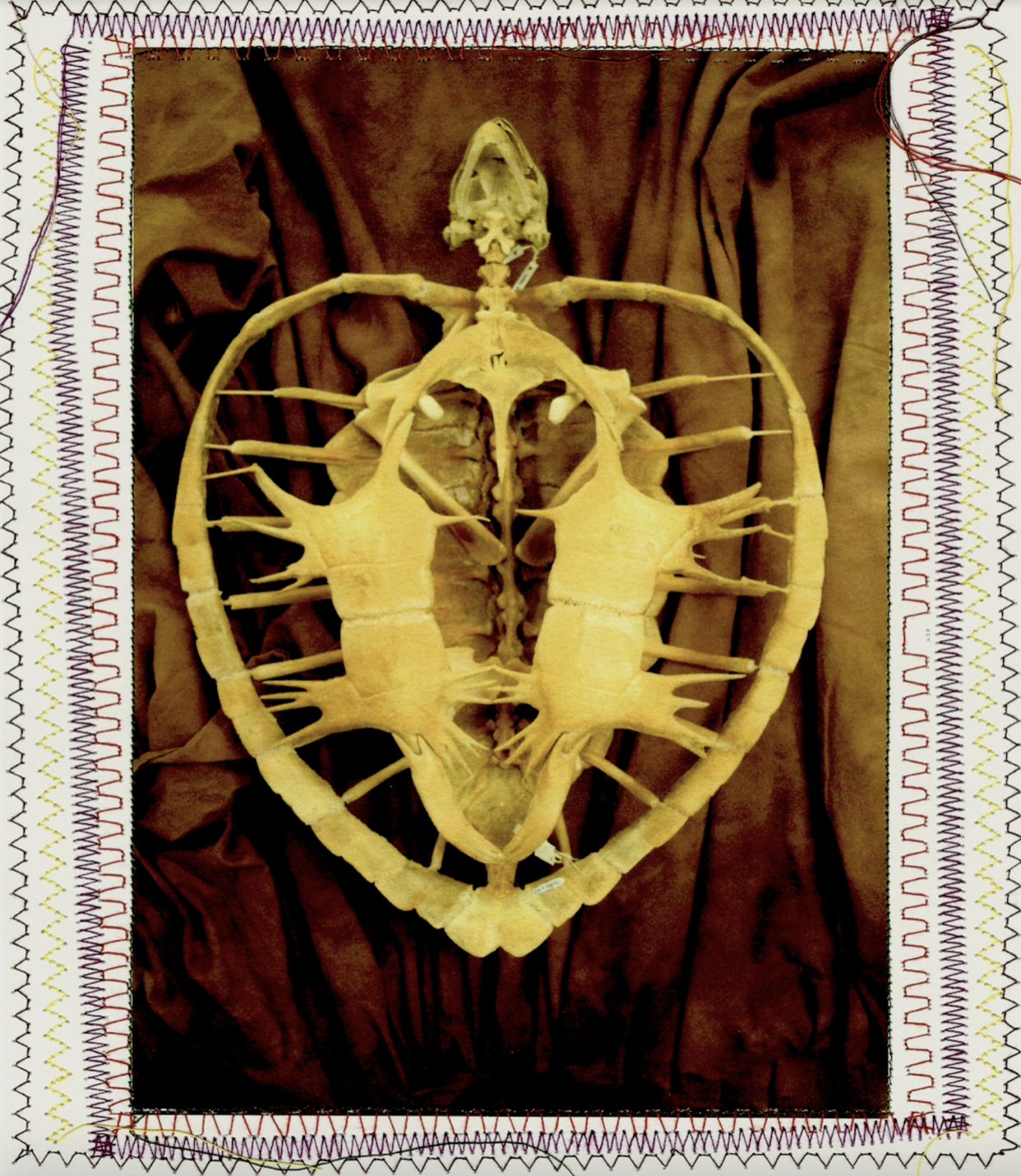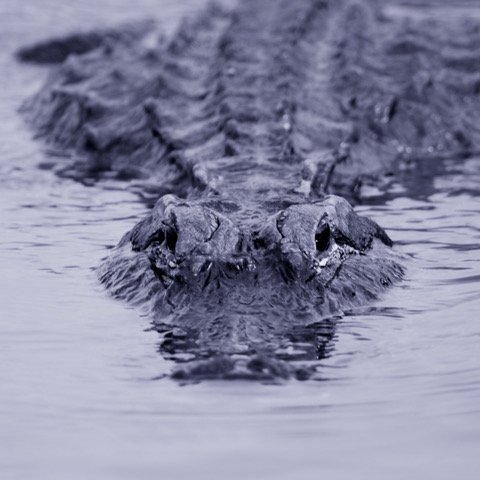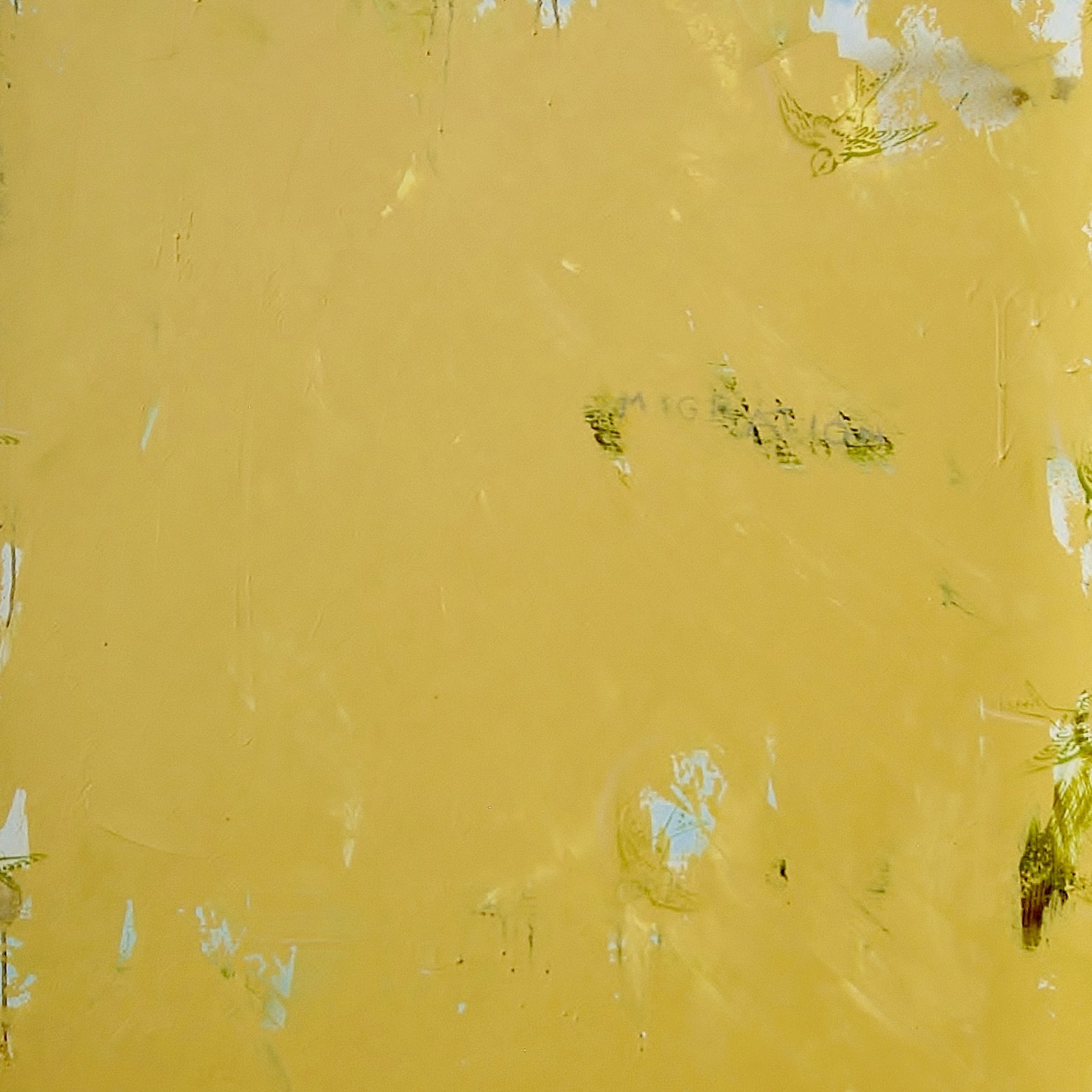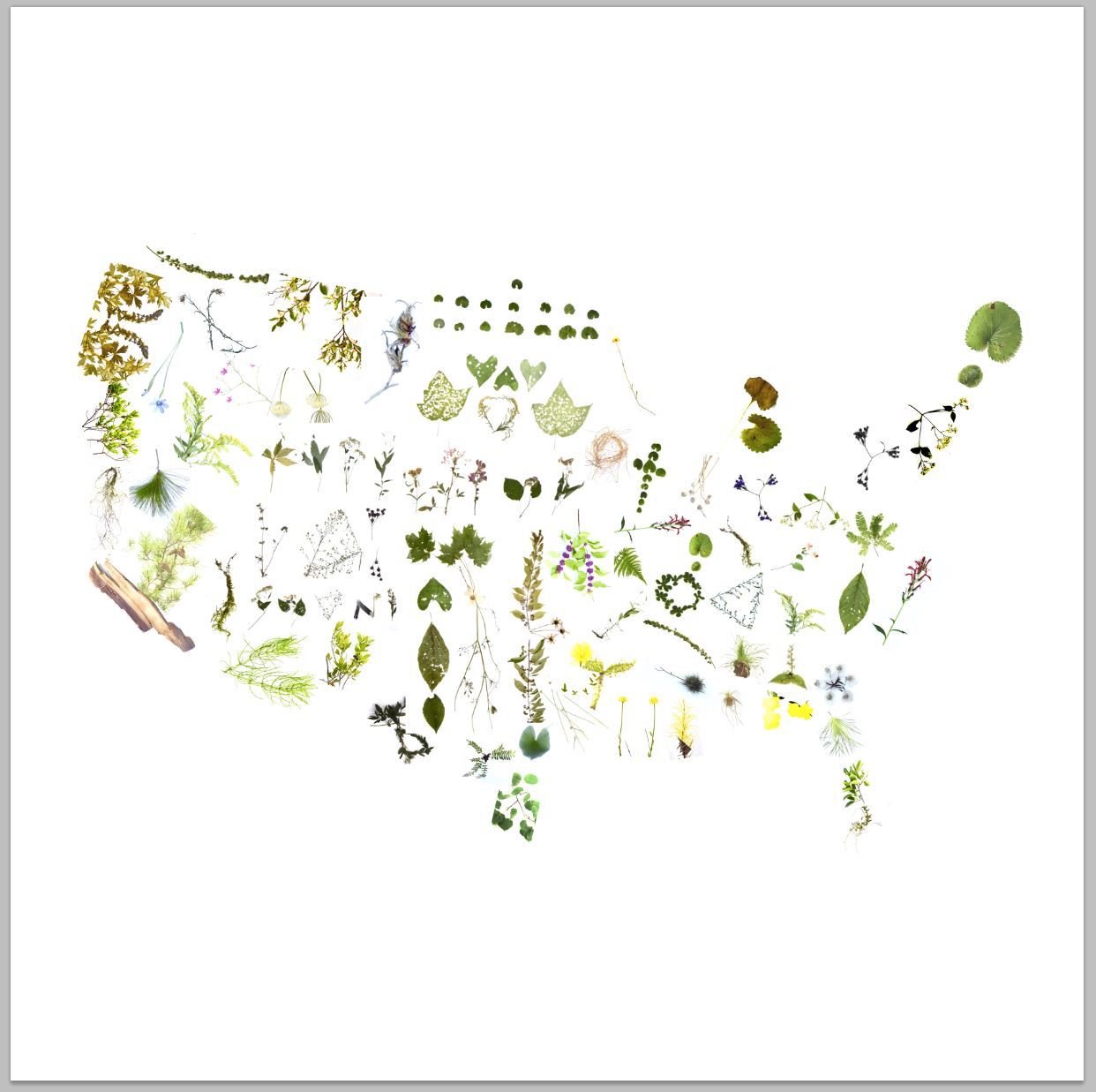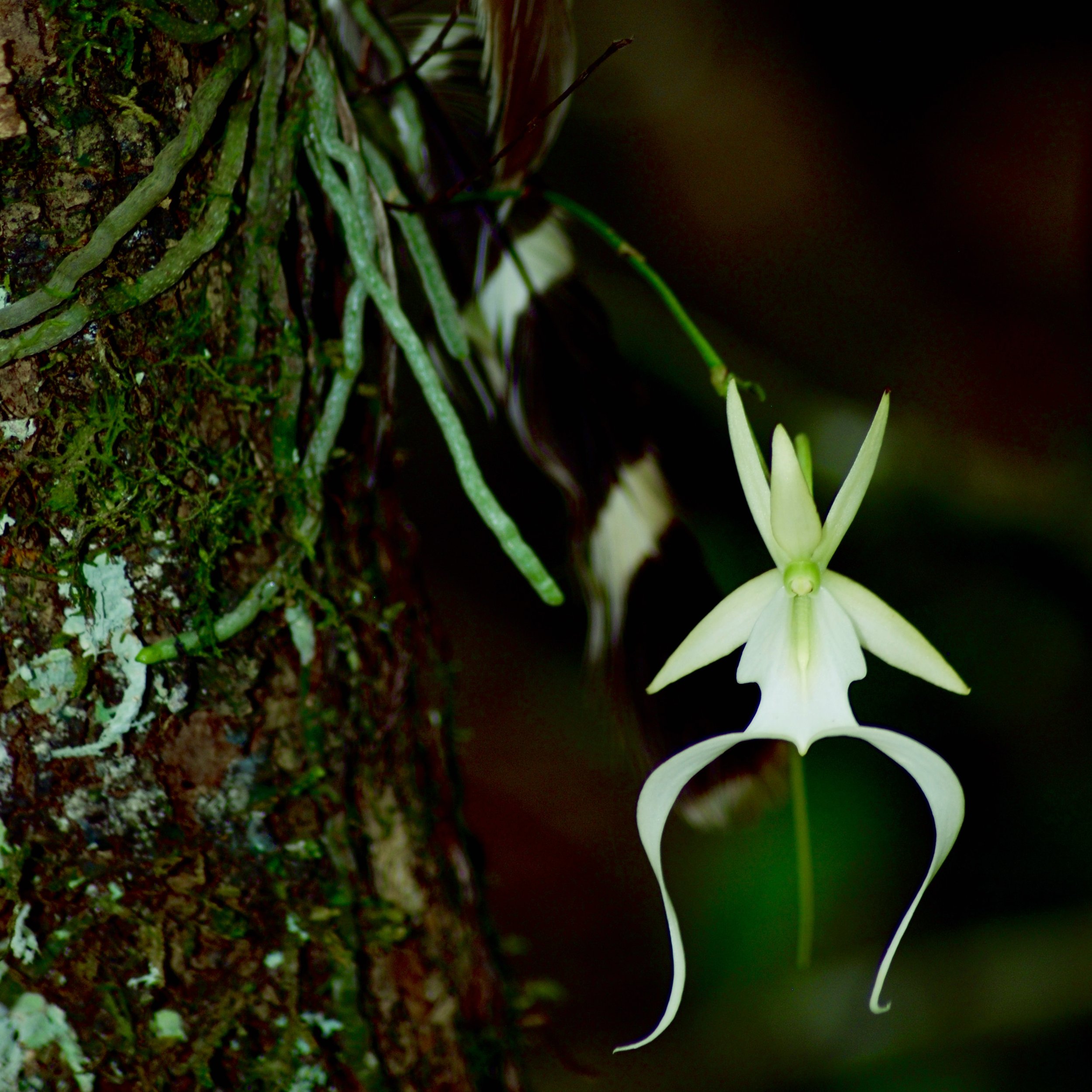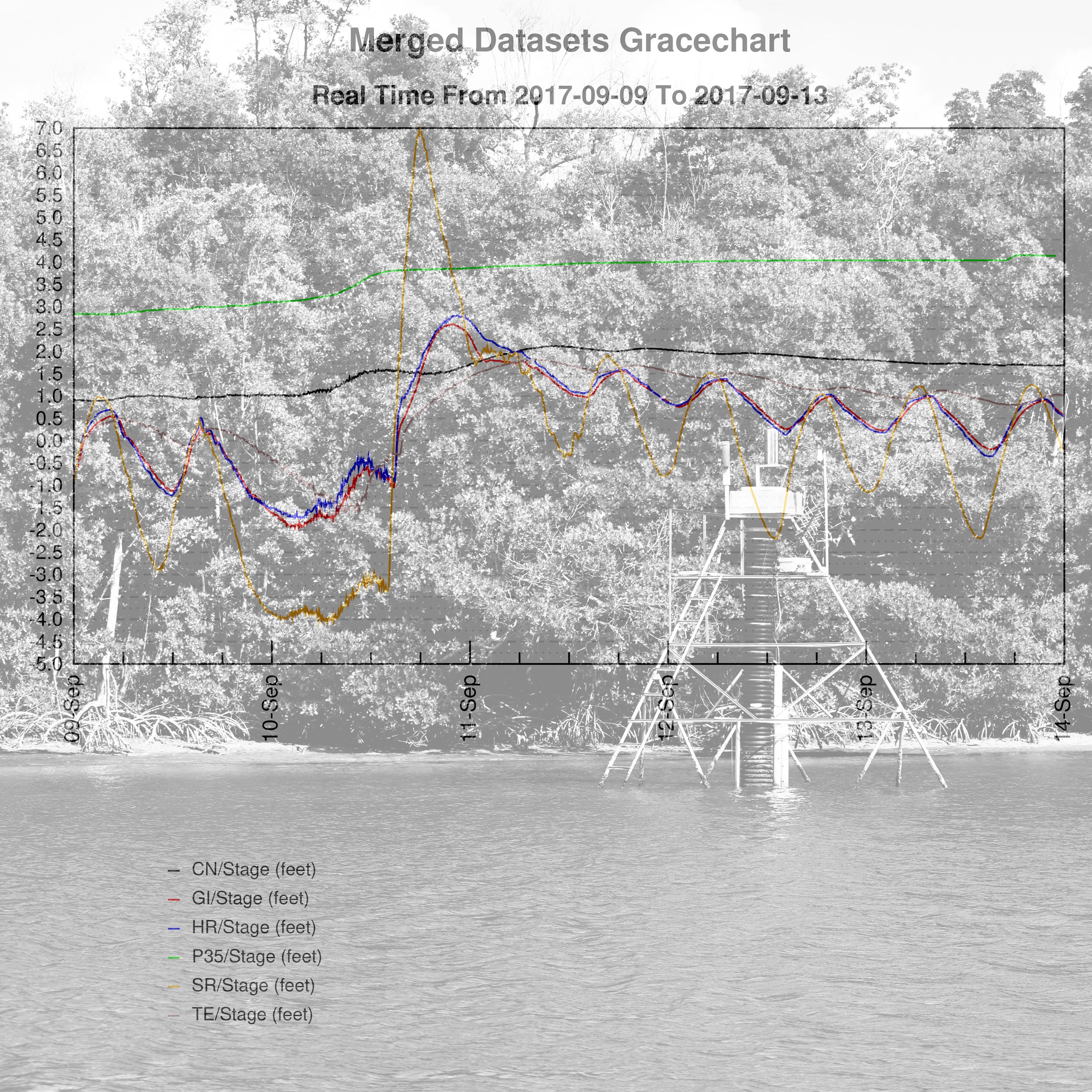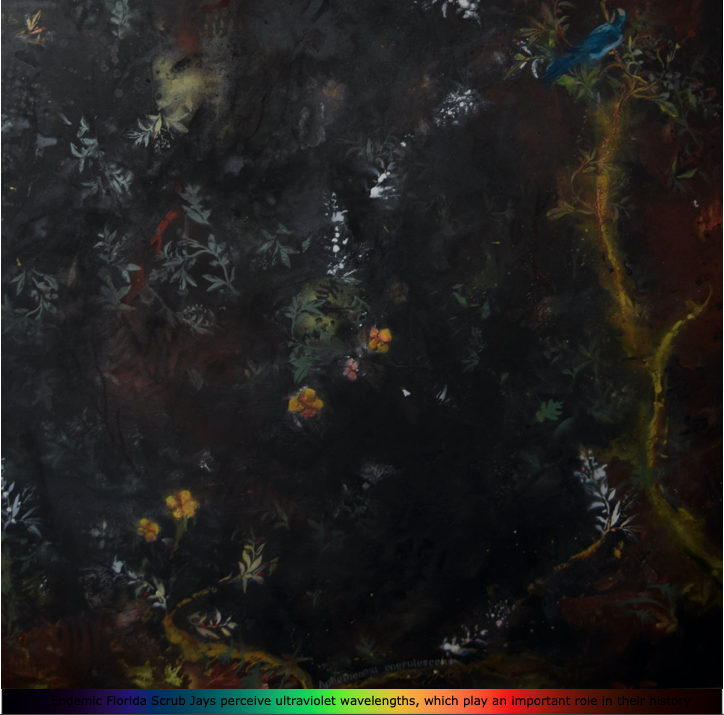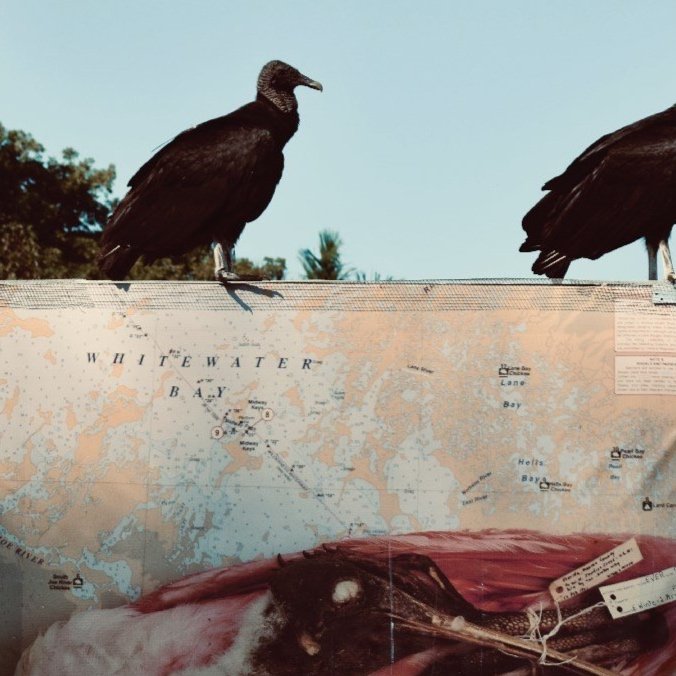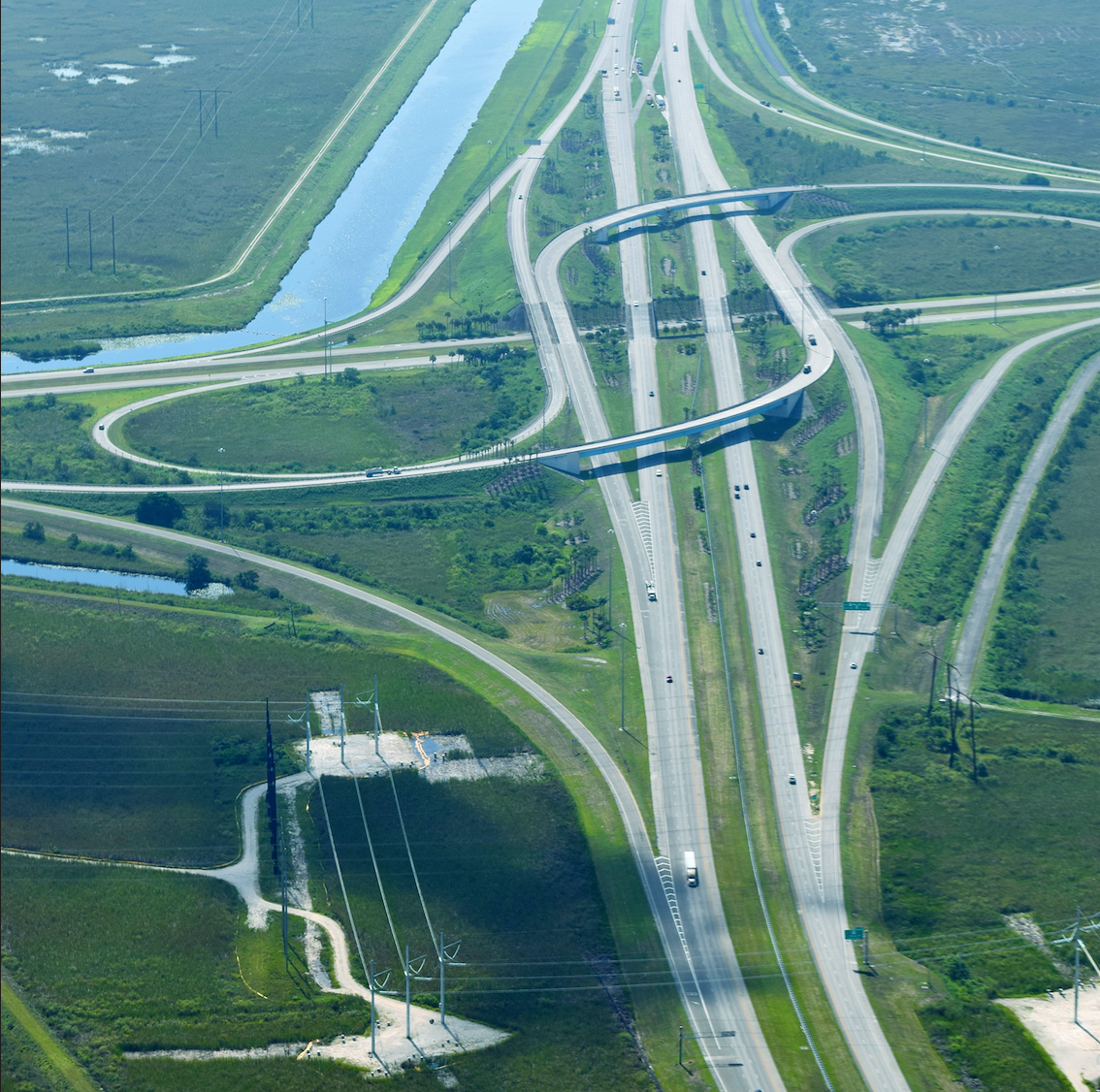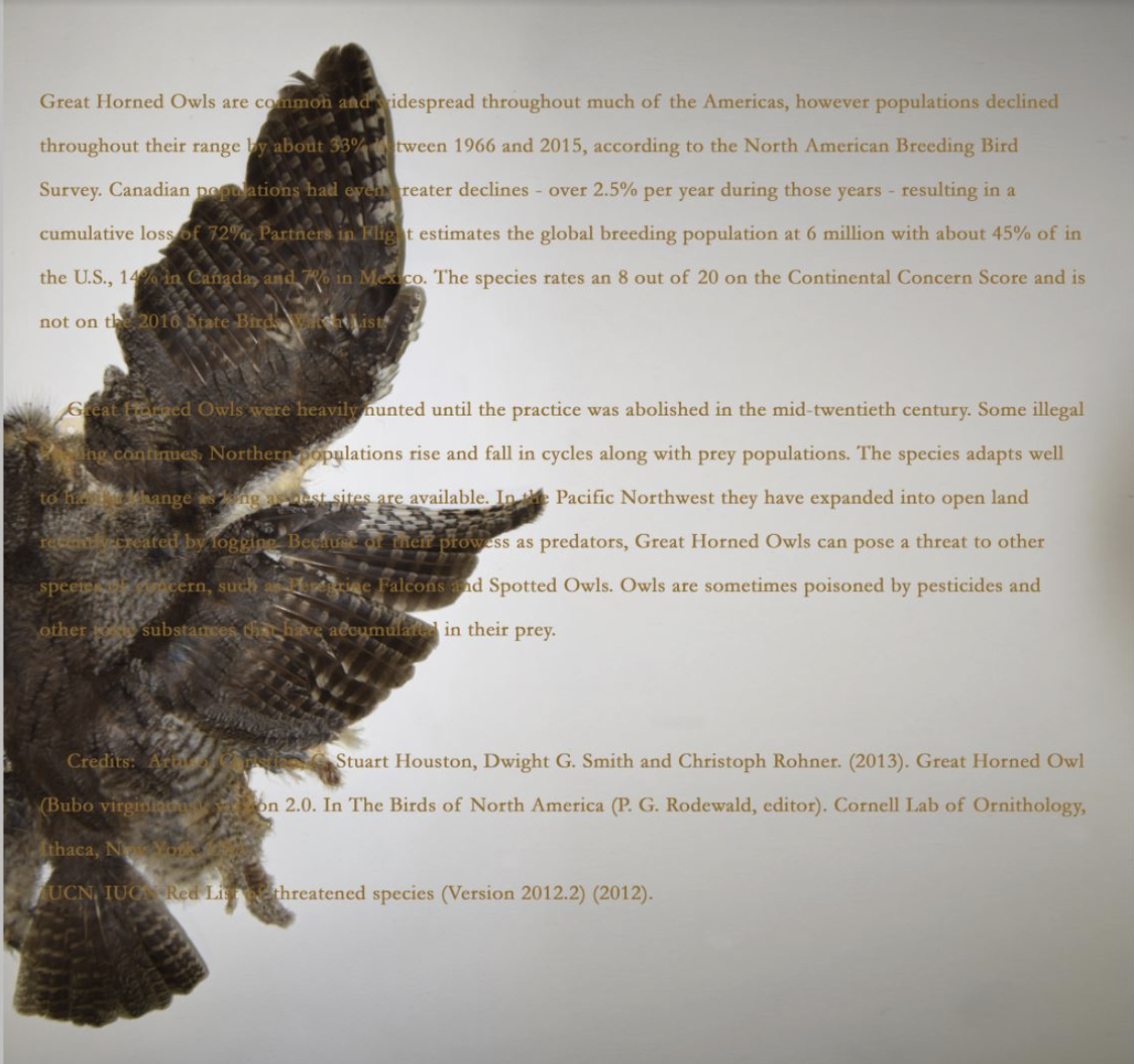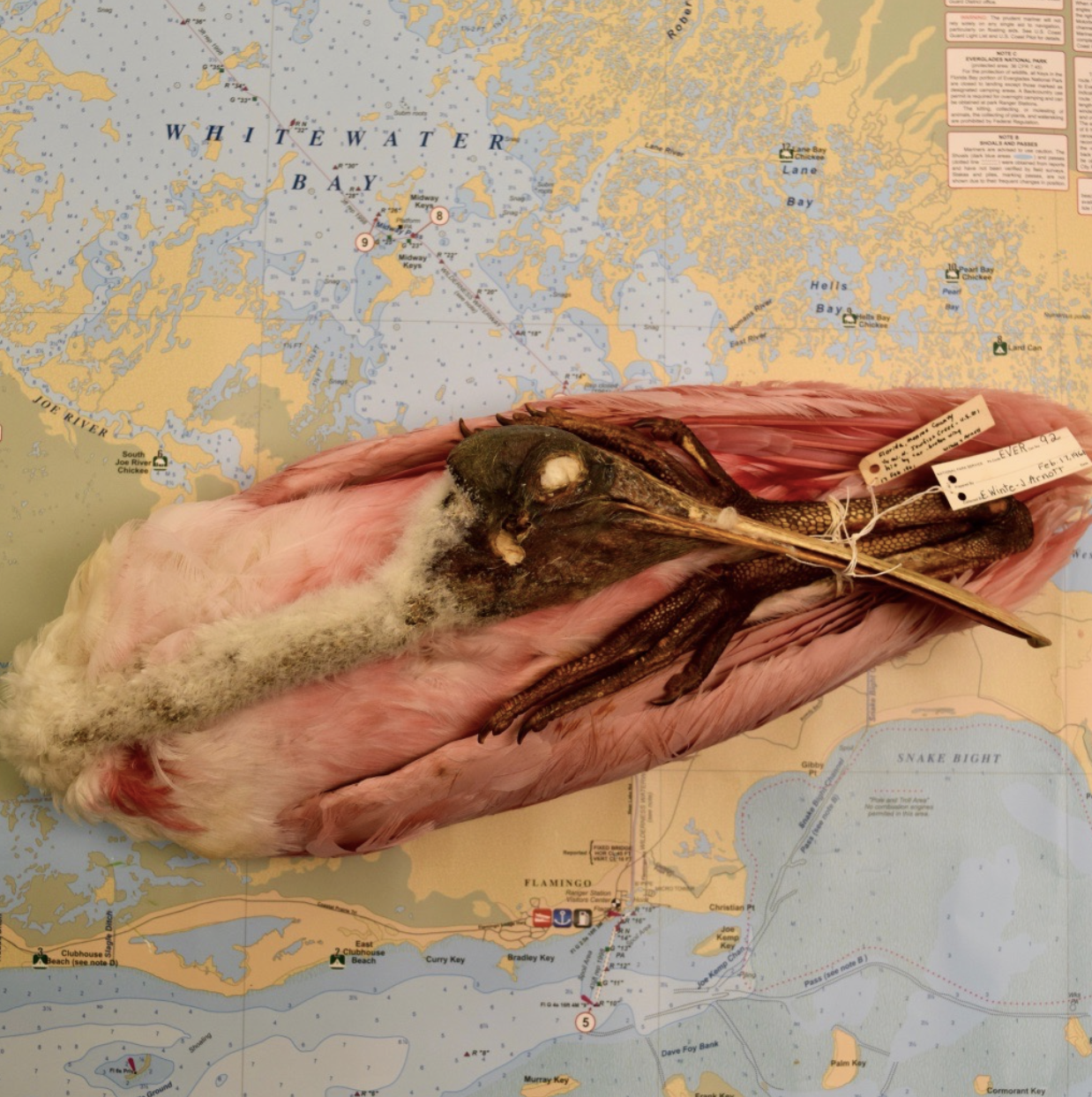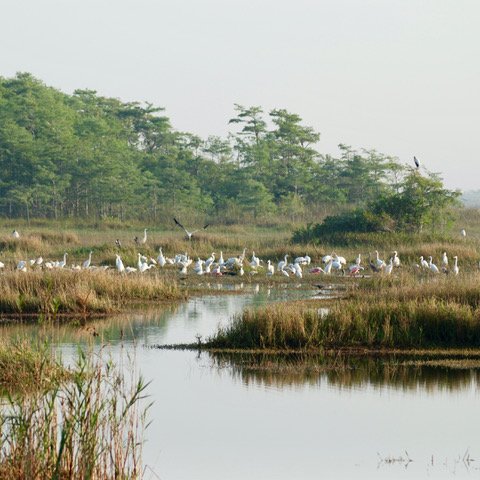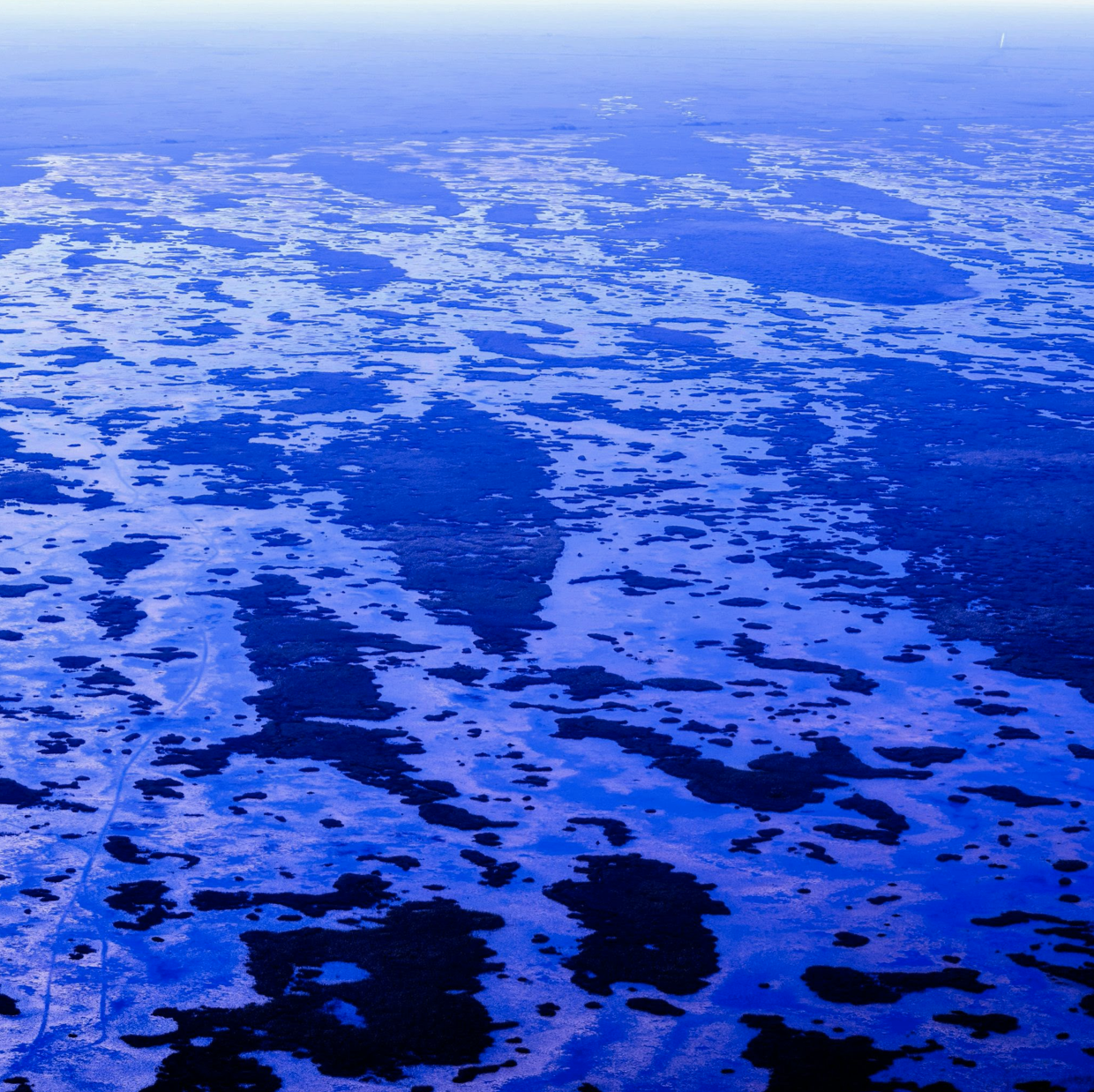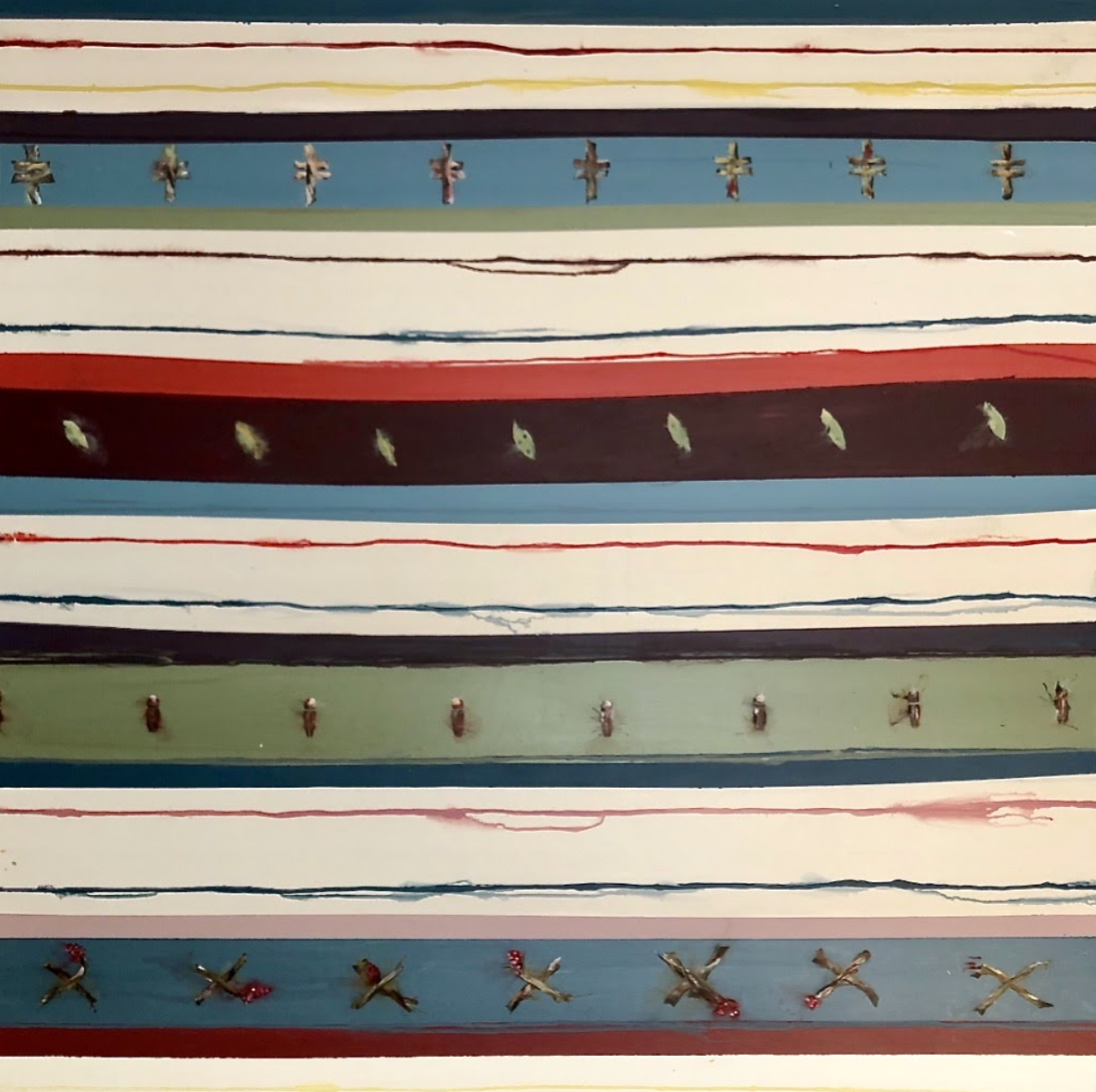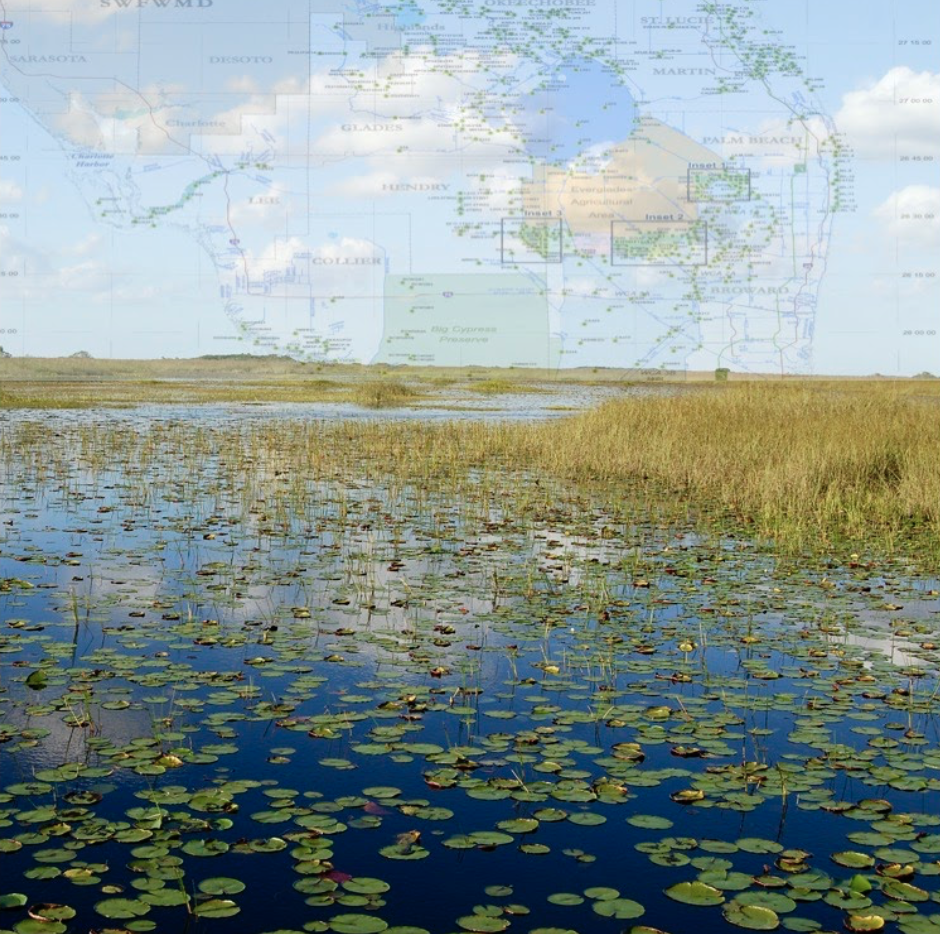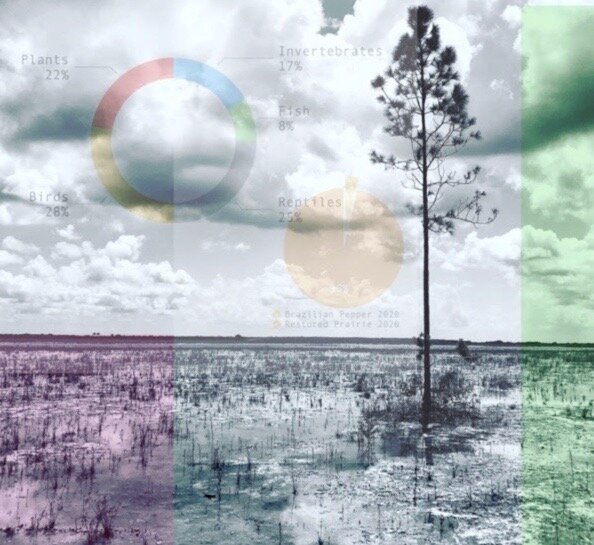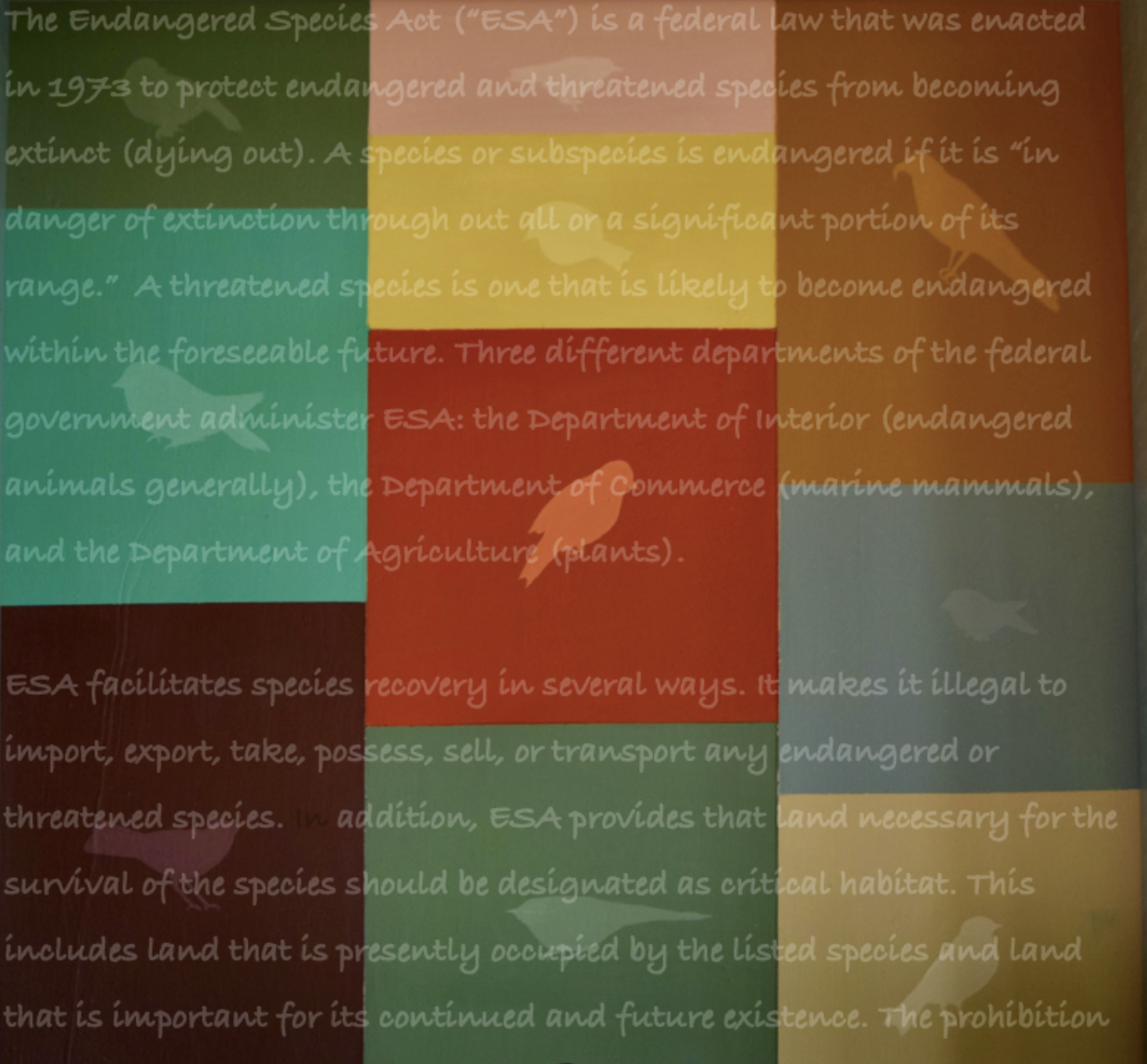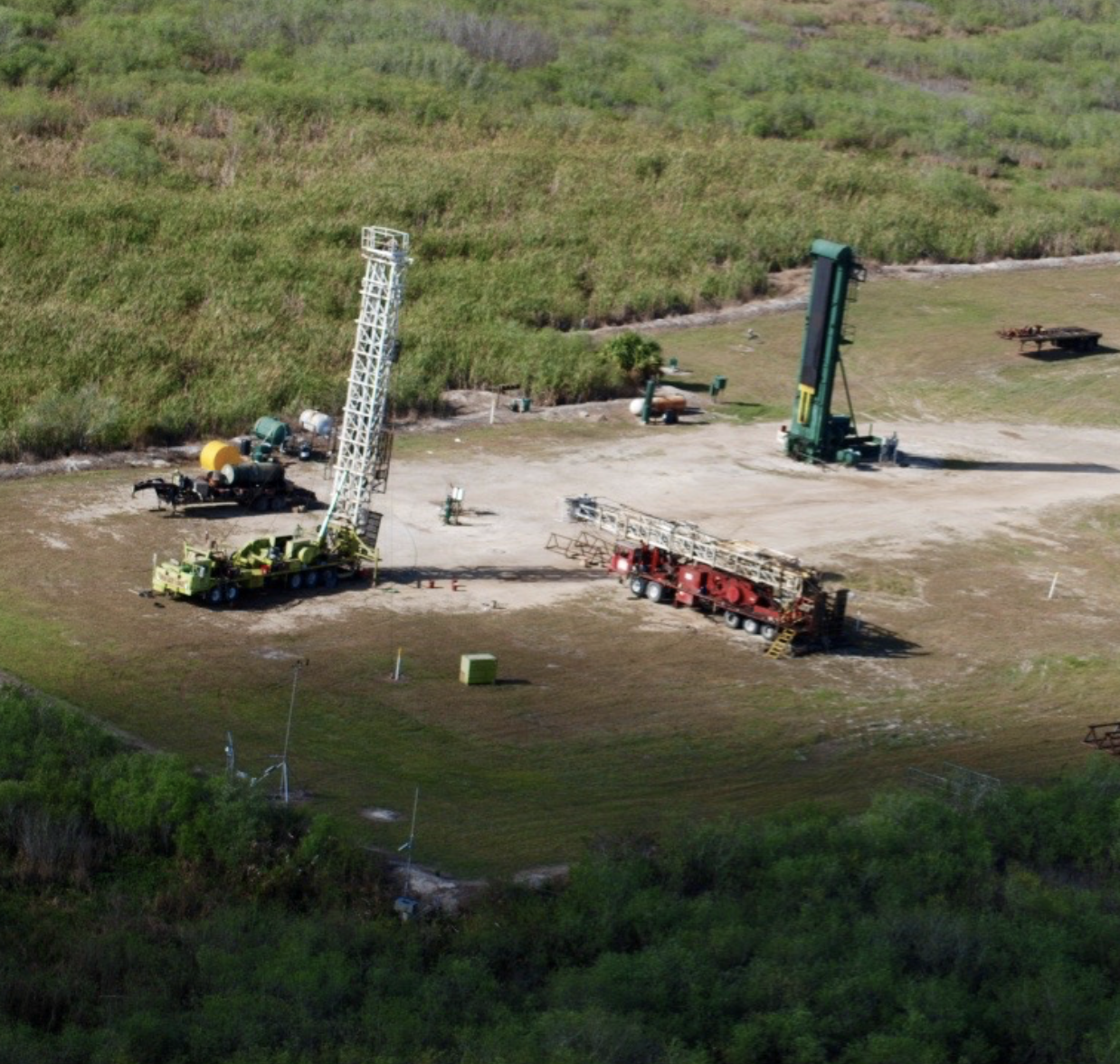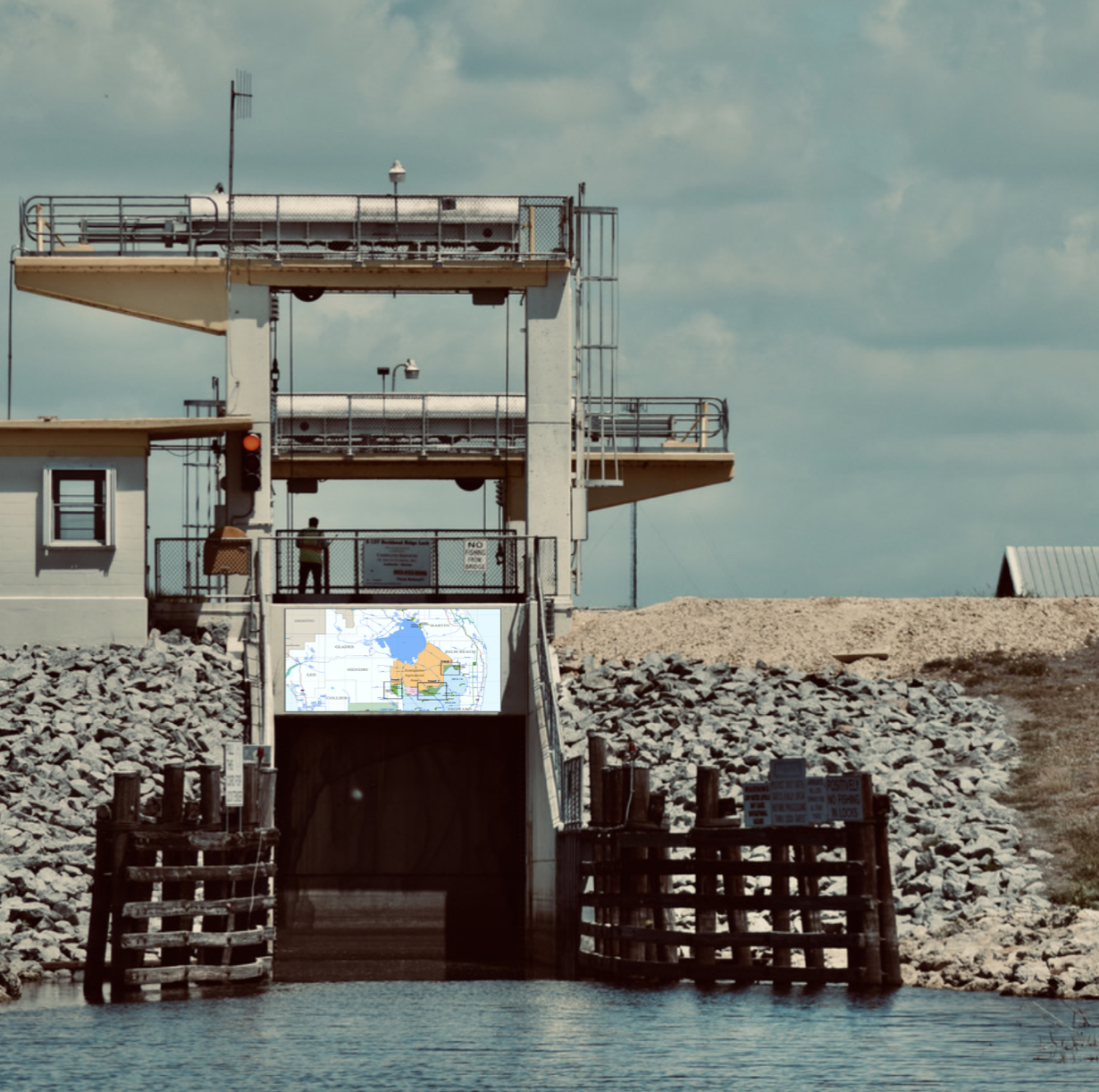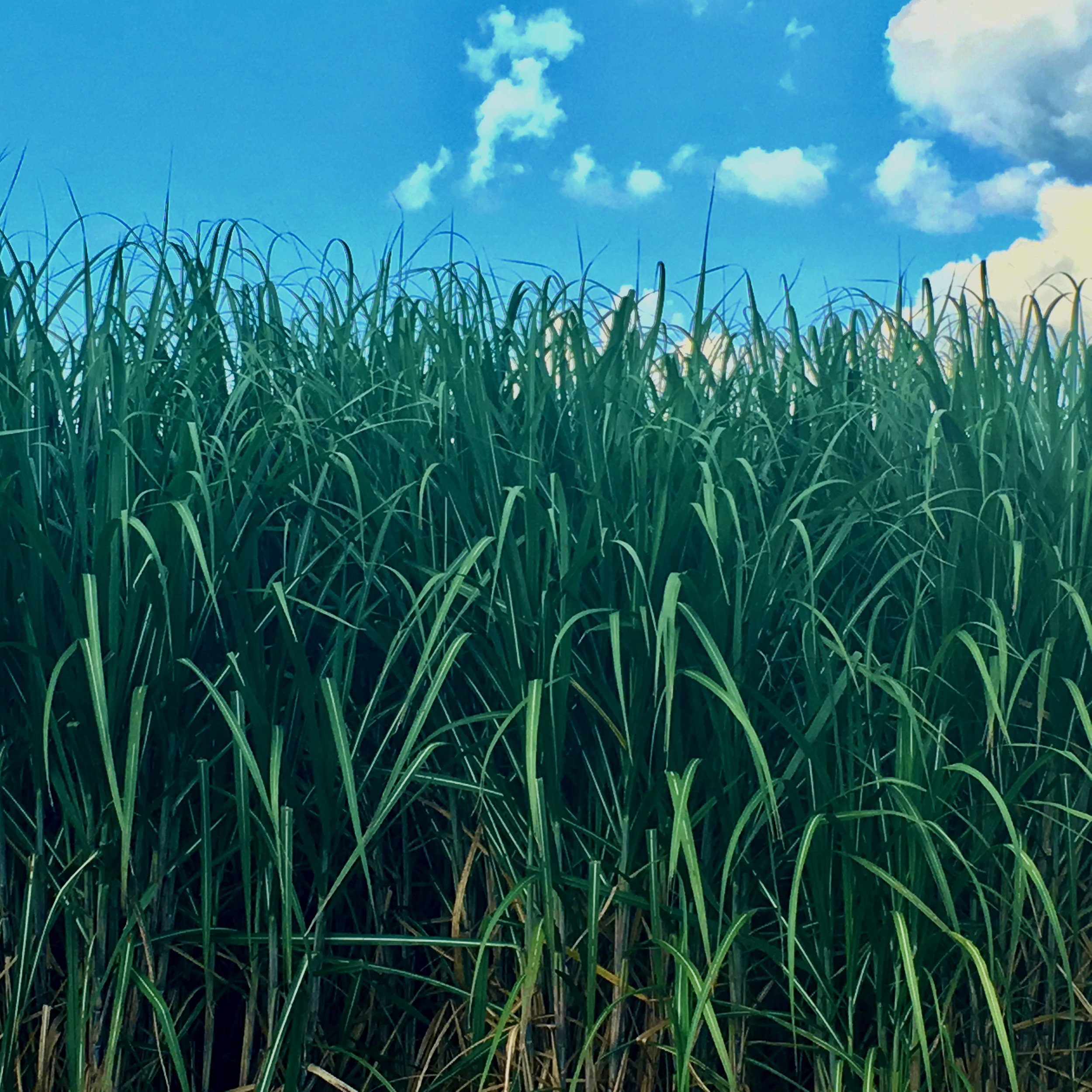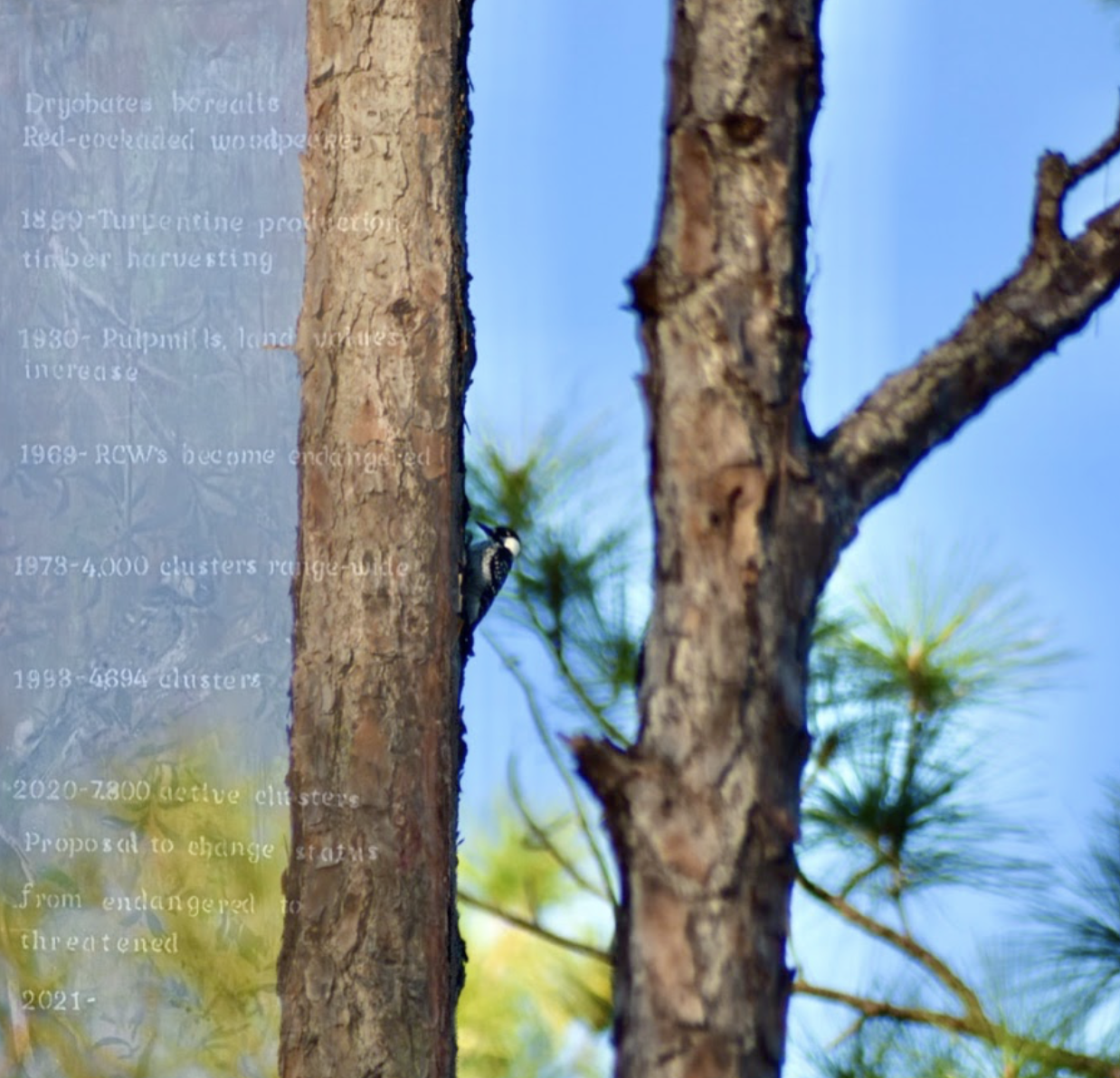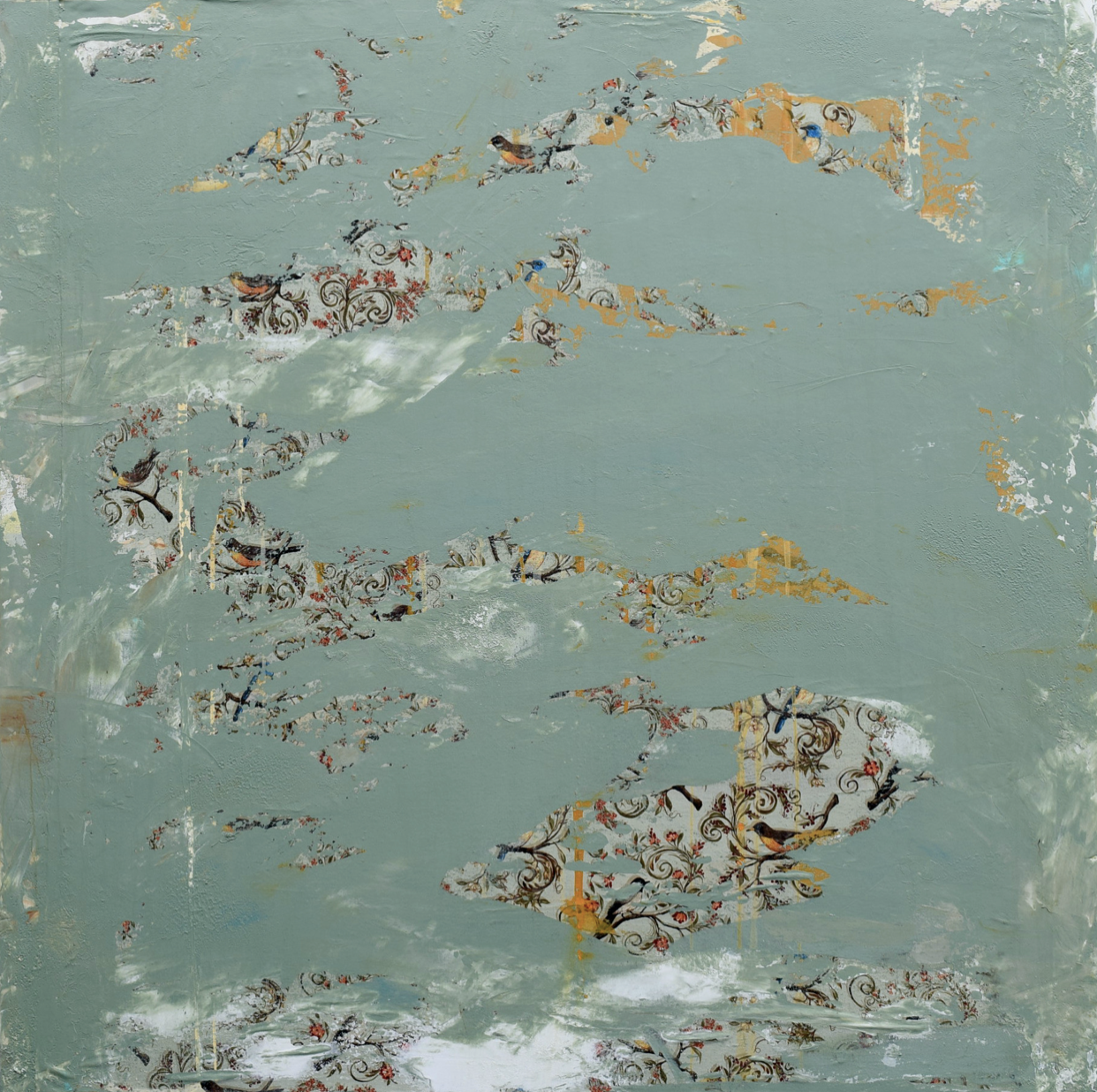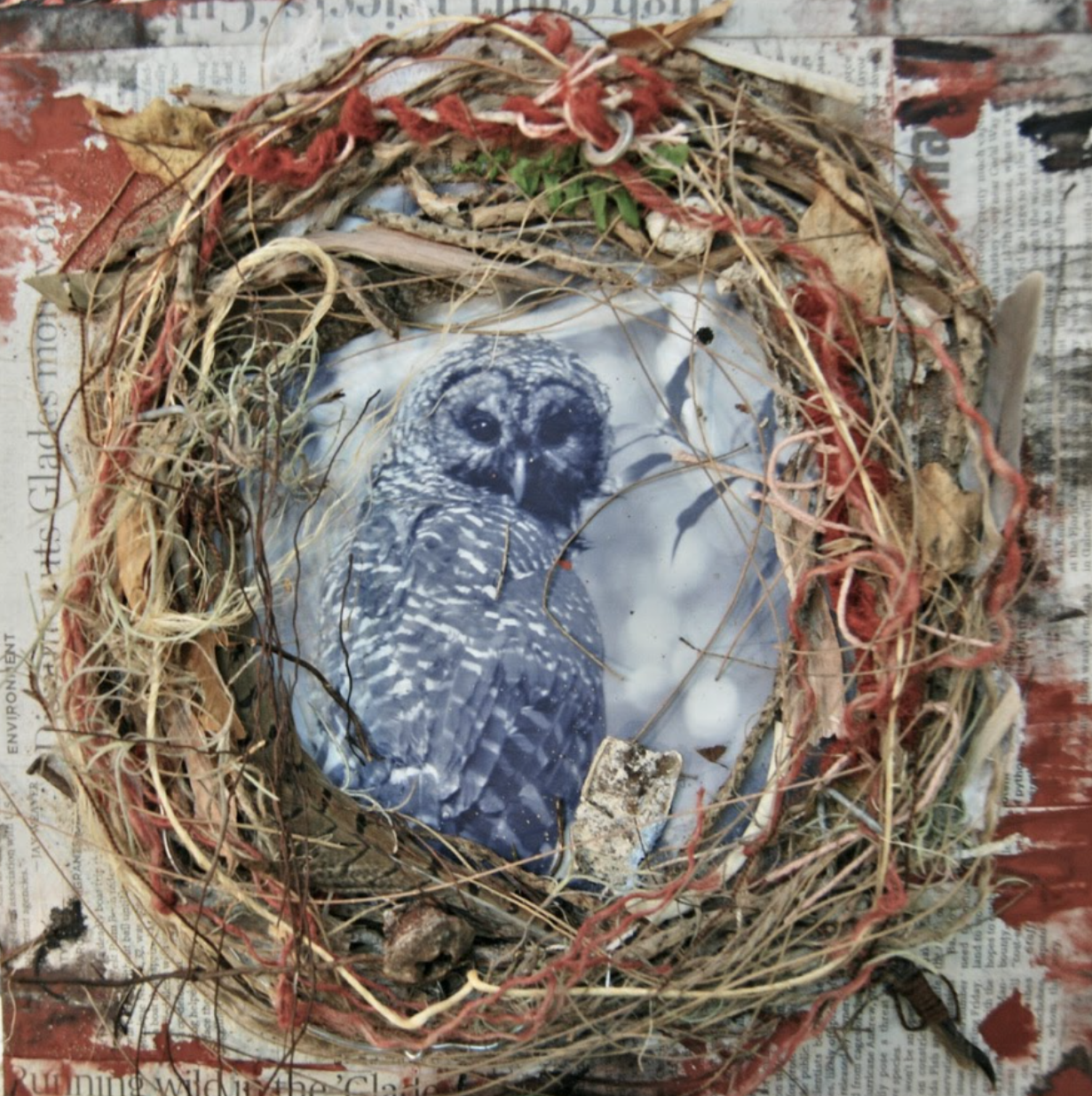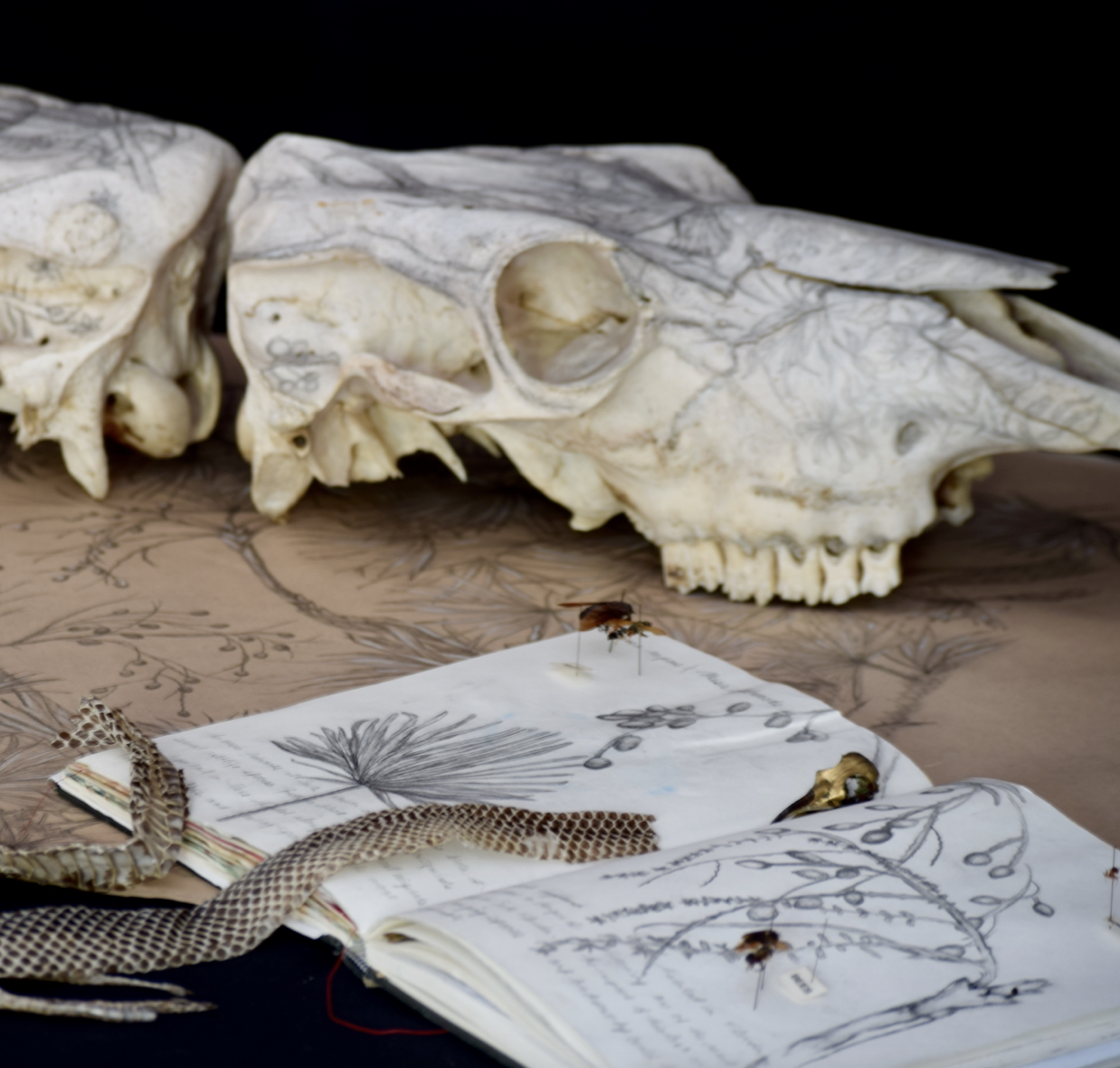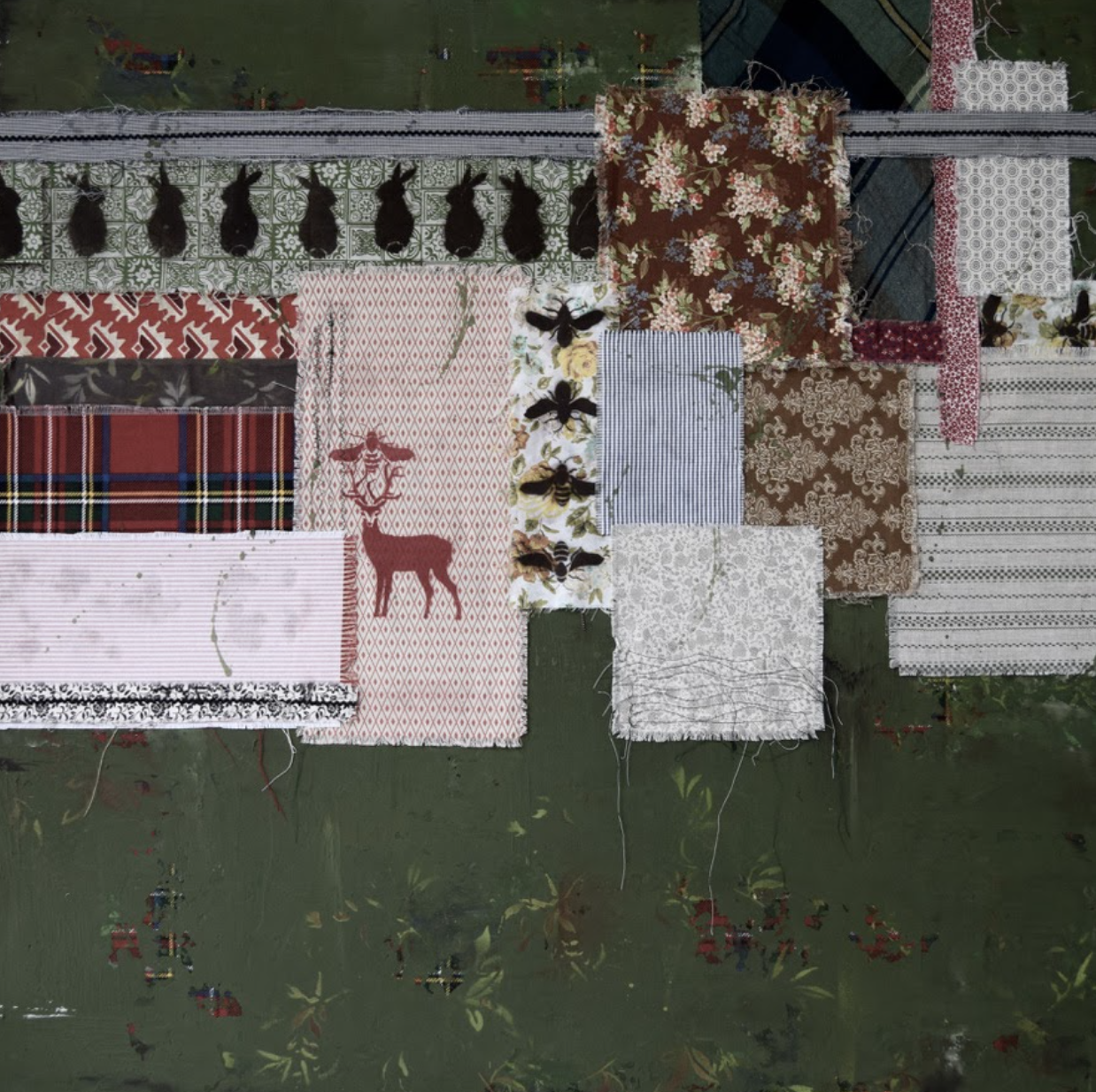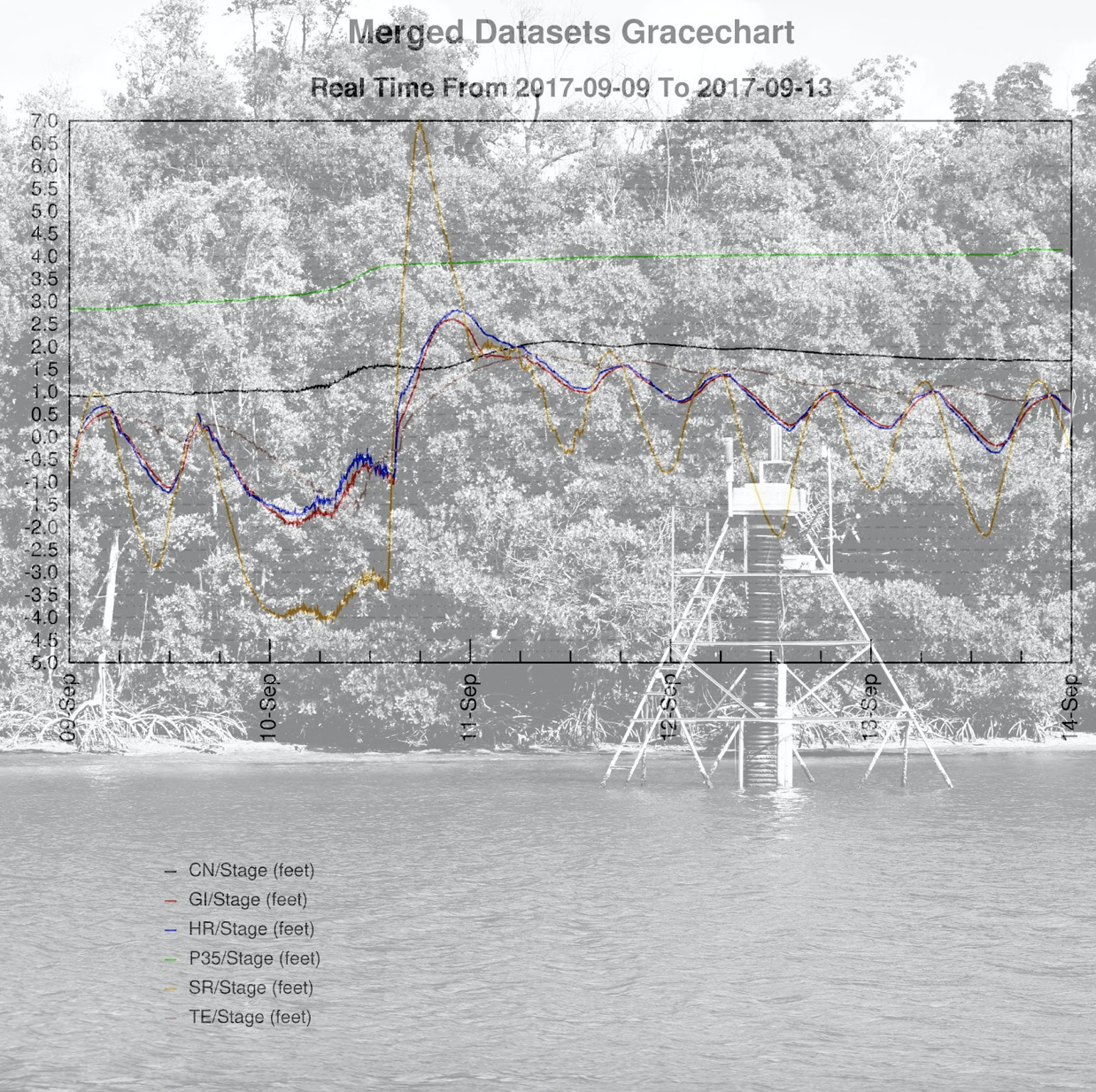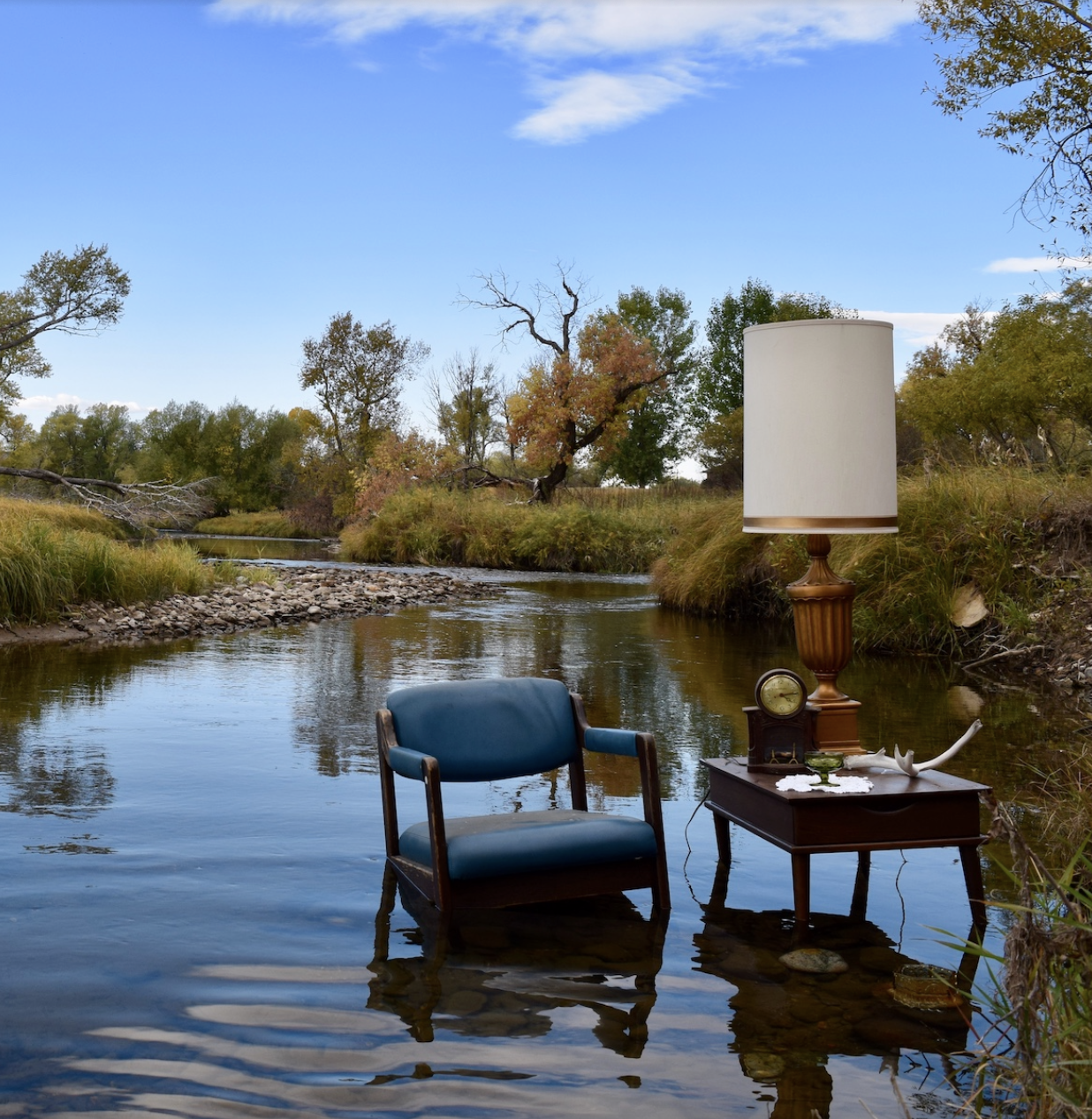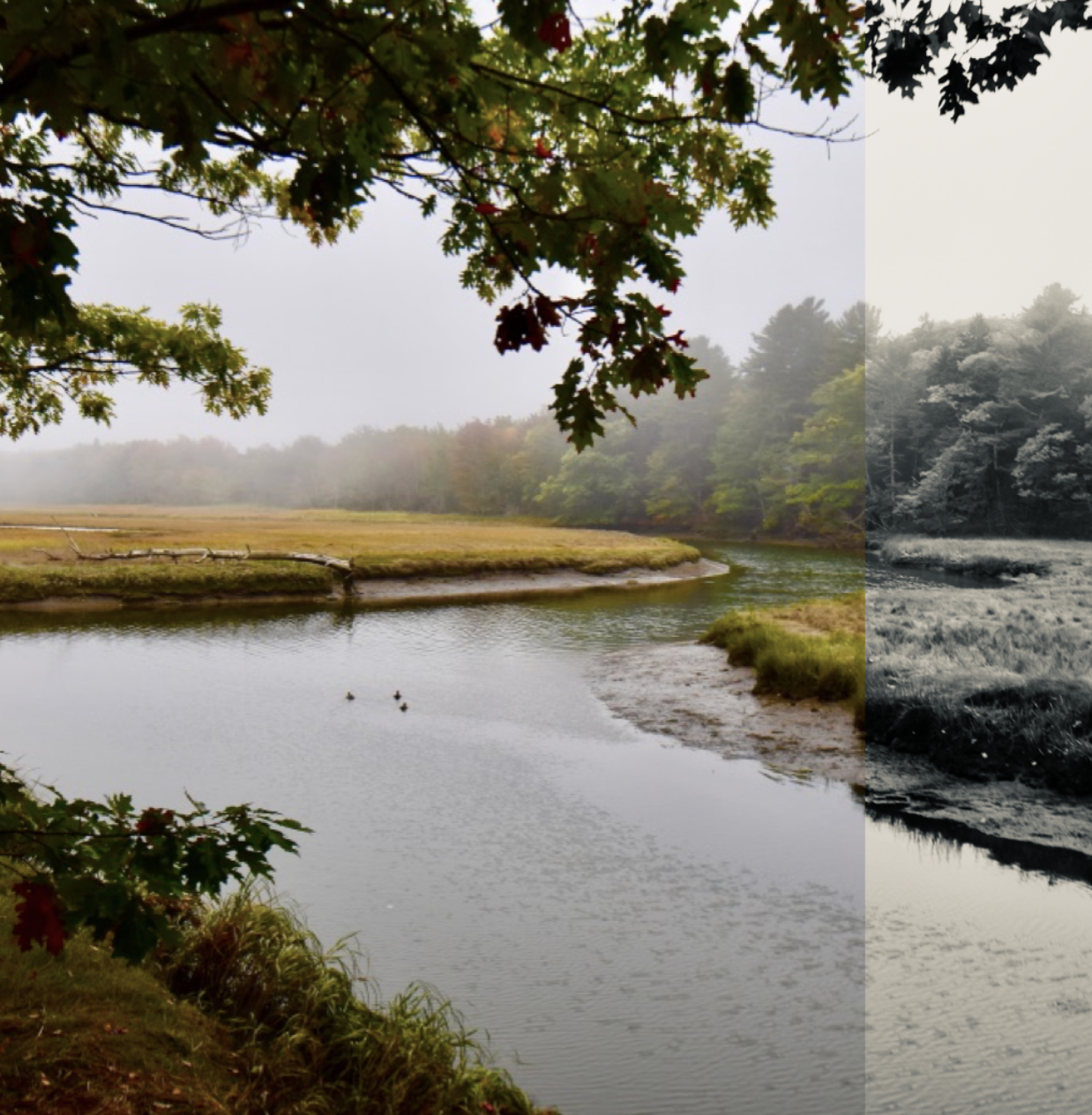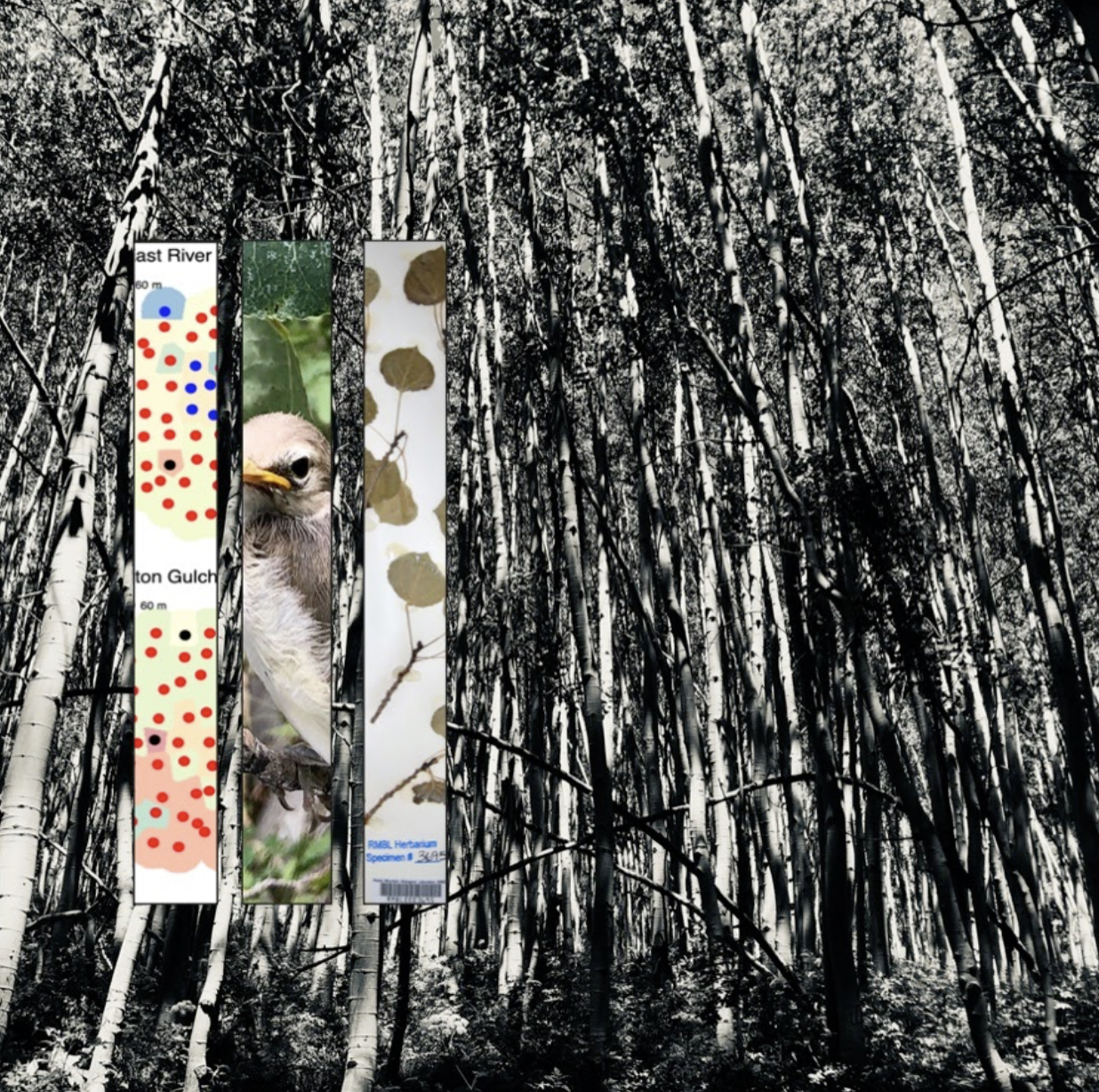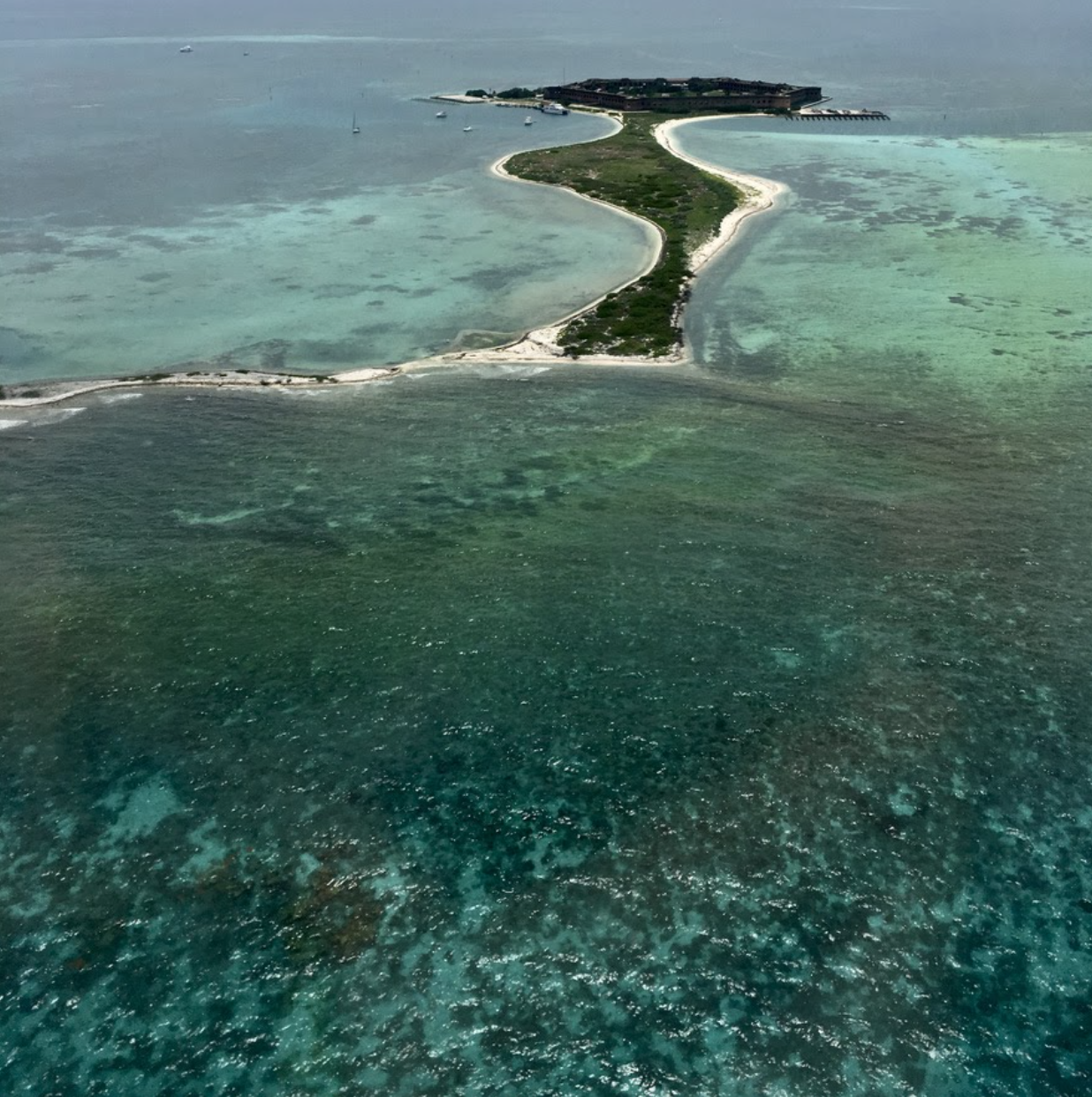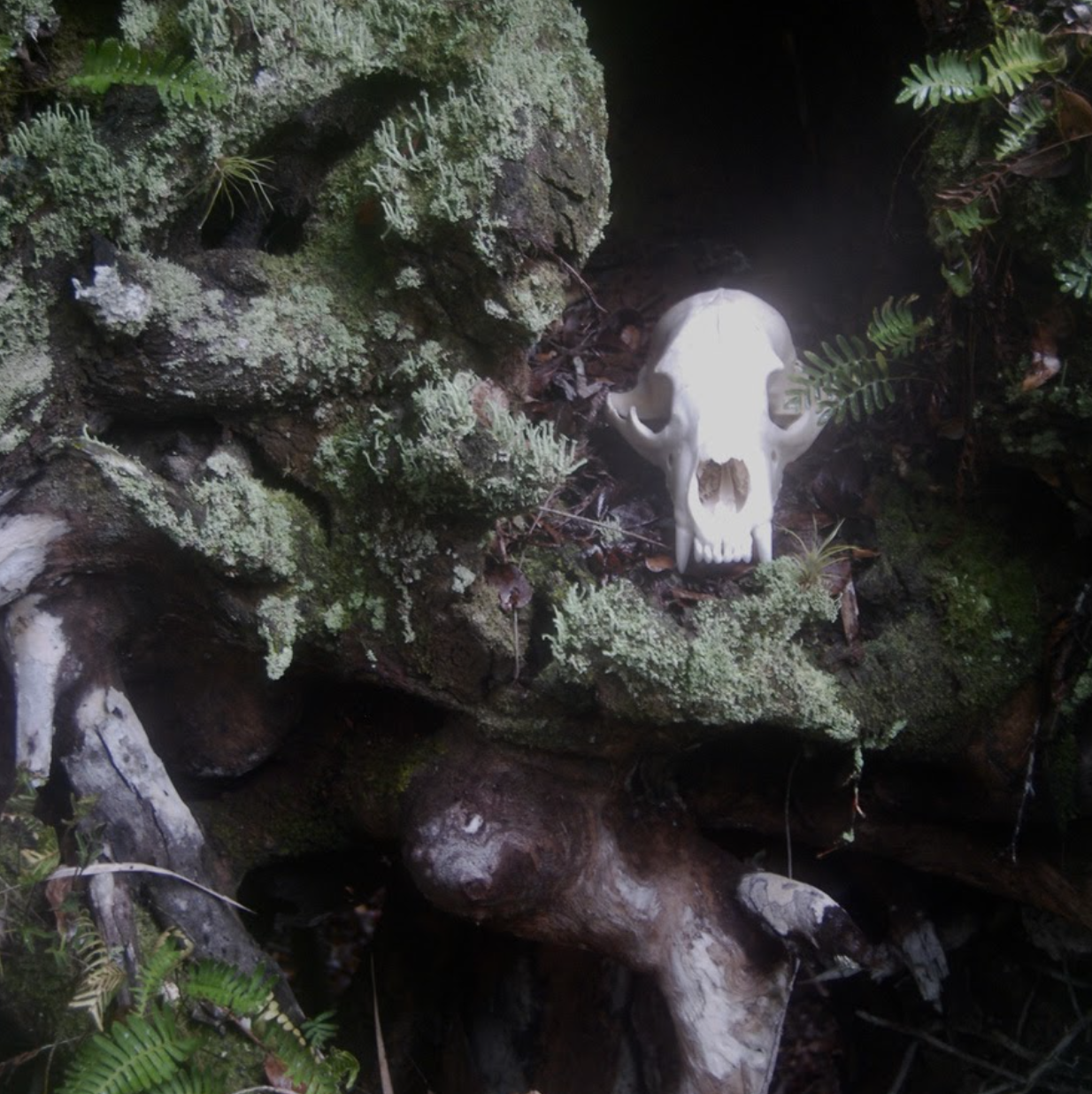Wild Observations
Wild Observations traveled in various forms to Miami International Airport, The Studios of Key West and Everglades National Park.
Wild Observations in Everglades National Park delves into the transformations taking place within wildlife corridors, merging scientific inquiry with artistic expression. This unique exhibition, tailored to the park's distinct environment, serves as a comprehensive examination of the ecological and cultural observations unfolding within our untamed realms. By mapping out the exhibition sites with red stars, we highlight the specific locations where these captivating displays can be found. Our ultimate aim is to ignite inspiration for the restoration of ecosystems, combat the impacts of climate change, tackle the issue of habitat loss, and mitigate the spread of invasive species.
Ernest F. Coe Visitors Center
The significance of scientific research and the careful stewardship of our wilderness areas cannot be overstated, as they play a pivotal role in sustaining the quality of the air we breathe, the intricate food web supporting diverse species, and the availability of clean water for our consumption. National Parks and Field Stations are intentionally situated within dynamic migratory corridors known as flyways, where the constant flux of natural processes becomes particularly evident. Researchers at these stations and parks are dedicated to discerning and documenting shifts in biodiversity within these regions, consistently reinforcing the interconnectivity of all forms of life. Through their invaluable work, they illuminate the intricate web of relationships that govern our ecosystems. Read more here.
Royal Palm Visitors Center
The Everglades, with its diverse wetlands, exemplifies the interconnectedness of nature. Changes in biodiversity in one region have implications for other areas. These wetlands are crucial, enhancing water quality, sequestering carbon, and hosting a significant portion of threatened and endangered species. It's worth considering how these species transport matter from the wetlands to neighboring habitats. Read more here.
the bird Cube
If we were to speculate on what John James Audubon, the renowned ornithologist, and artist, would think about our present-day environmental concerns, we can draw insights from his passion for nature and commitment to studying and preserving birds. Audubon had a deep appreciation for the natural world and understood the delicate balance of ecosystems. Given his dedication to capturing the beauty and diversity of birds in his illustrations, it is likely that he would be deeply concerned about the environmental challenges we face today.
Considering his love for birds and their habitats, Audubon would likely be an advocate for conservation efforts, emphasizing the need to protect and restore ecosystems. He might encourage the preservation of natural areas, the reduction of pollution, and the promotion of sustainable practices to mitigate the effects of climate change. Audubon's artistic and scientific contributions were driven by a desire to deepen our understanding and appreciation of the natural world, and it is reasonable to assume that he would be vocal about the importance of addressing contemporary environmental concerns to safeguard the planet for future generations. Read more here.
Long Pine Key
What would early settlers think about the impact that humans have had on the environment? Changes in population needs have resulted in many problems, such as habitat loss and fragmented wildlife corridors. These corridors connect environments across various private and public lands. Read more here.
Pineland trail
Why do we feel better after a walk in the woods? Studies indicate that the conscious practice of being immersed in the sights, sounds, and smells of the forest (Forest Bathing) can reduce stress, lower blood pressure, boost the immune system and accelerate recovery from illness. Read more here.
Pahayokee Overlook
"Pahayokee" lives up to its name "Grassy Water" in the Seminole language. This wide, sheet flow of water originates in the headwaters of the Everglades north of Lake Okeechobee and passes through a network of public and private lands. Read more here.
Mahogany Hammock
Why do you think we need to increase biodiversity in conservation lands in American wildlife corridors? The answers are plentiful, but food security and economic impact rank alongside carbon storage and moral issues. Read more here.
Wild Observations in American Flyways, Miami International Airport
Wild Observations: New Work, May 2021, The Studios of Key West

